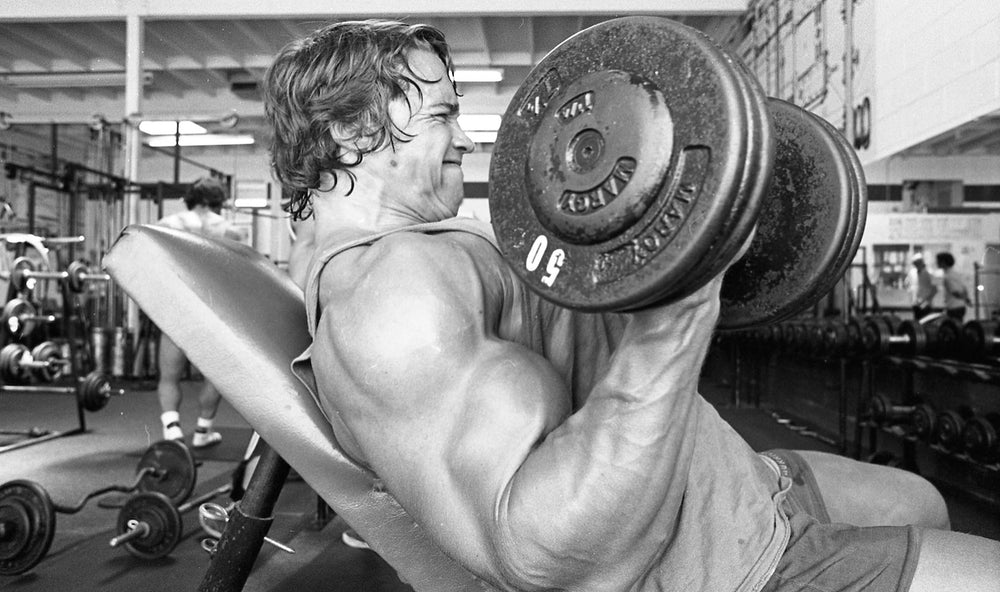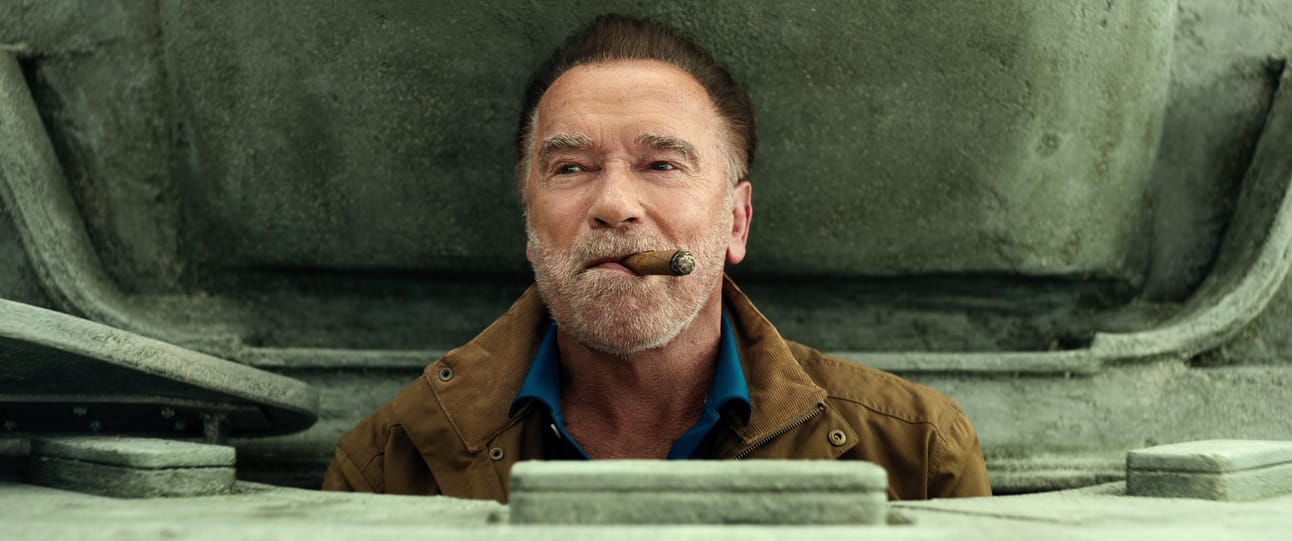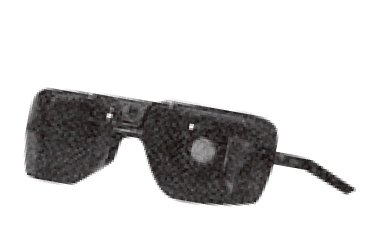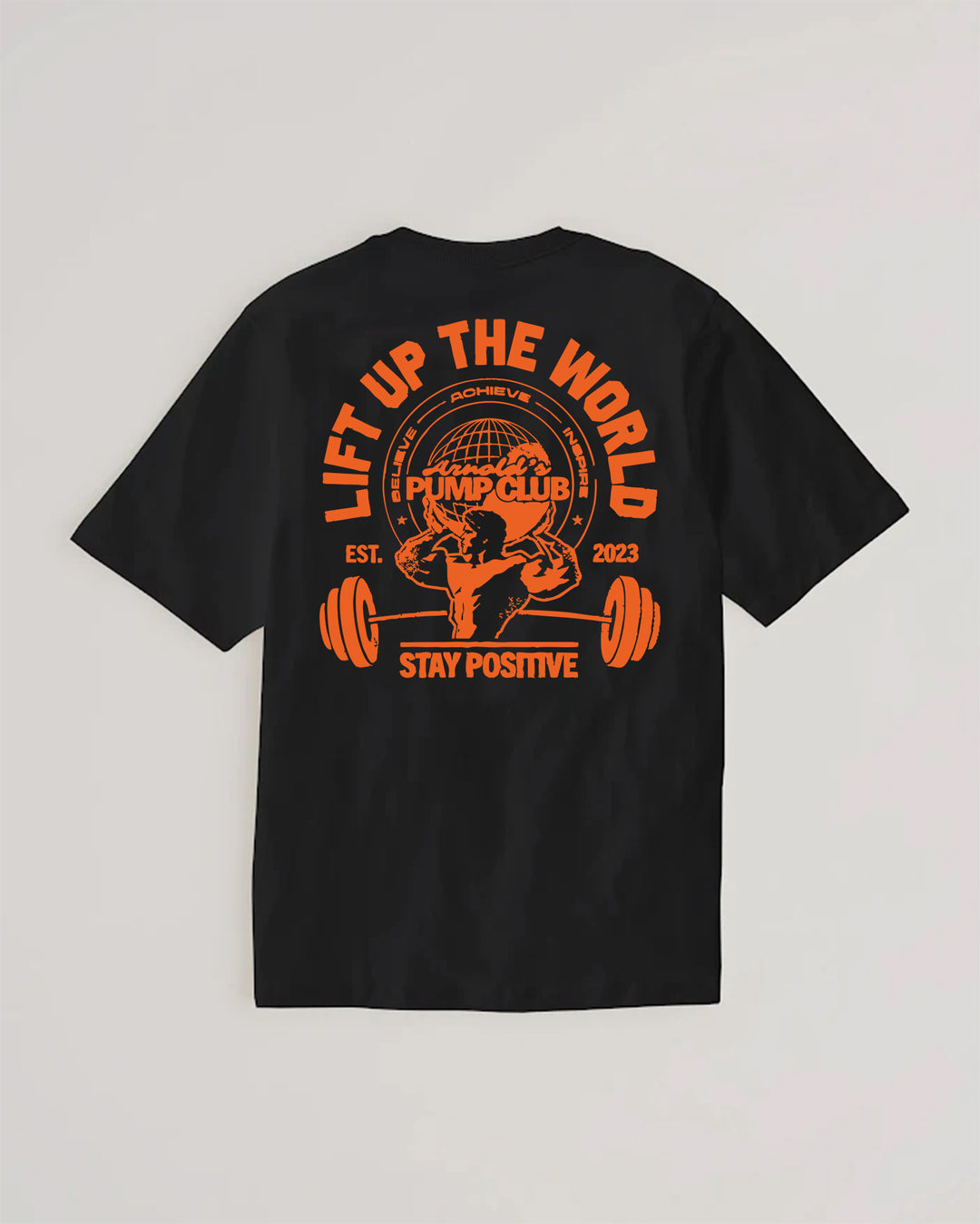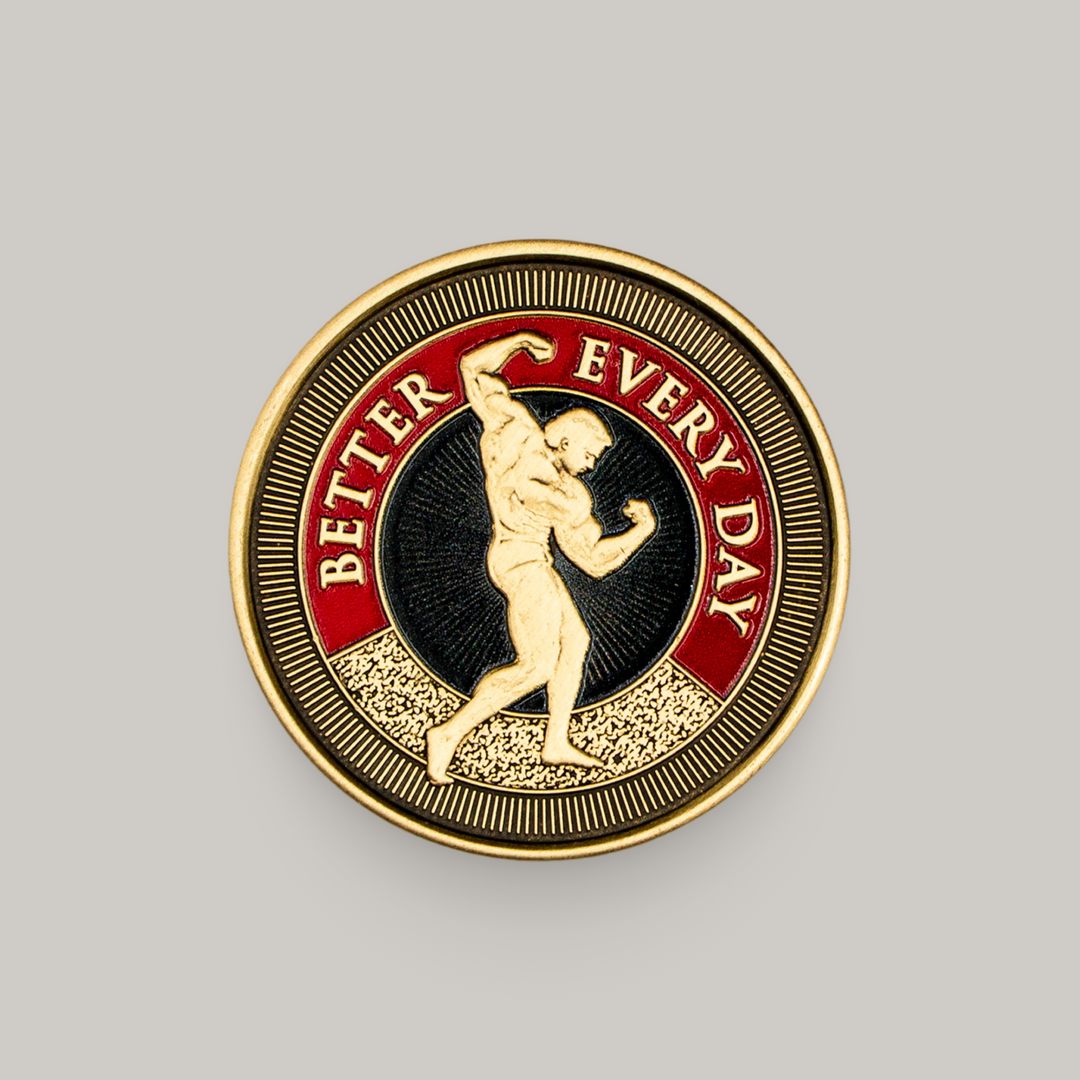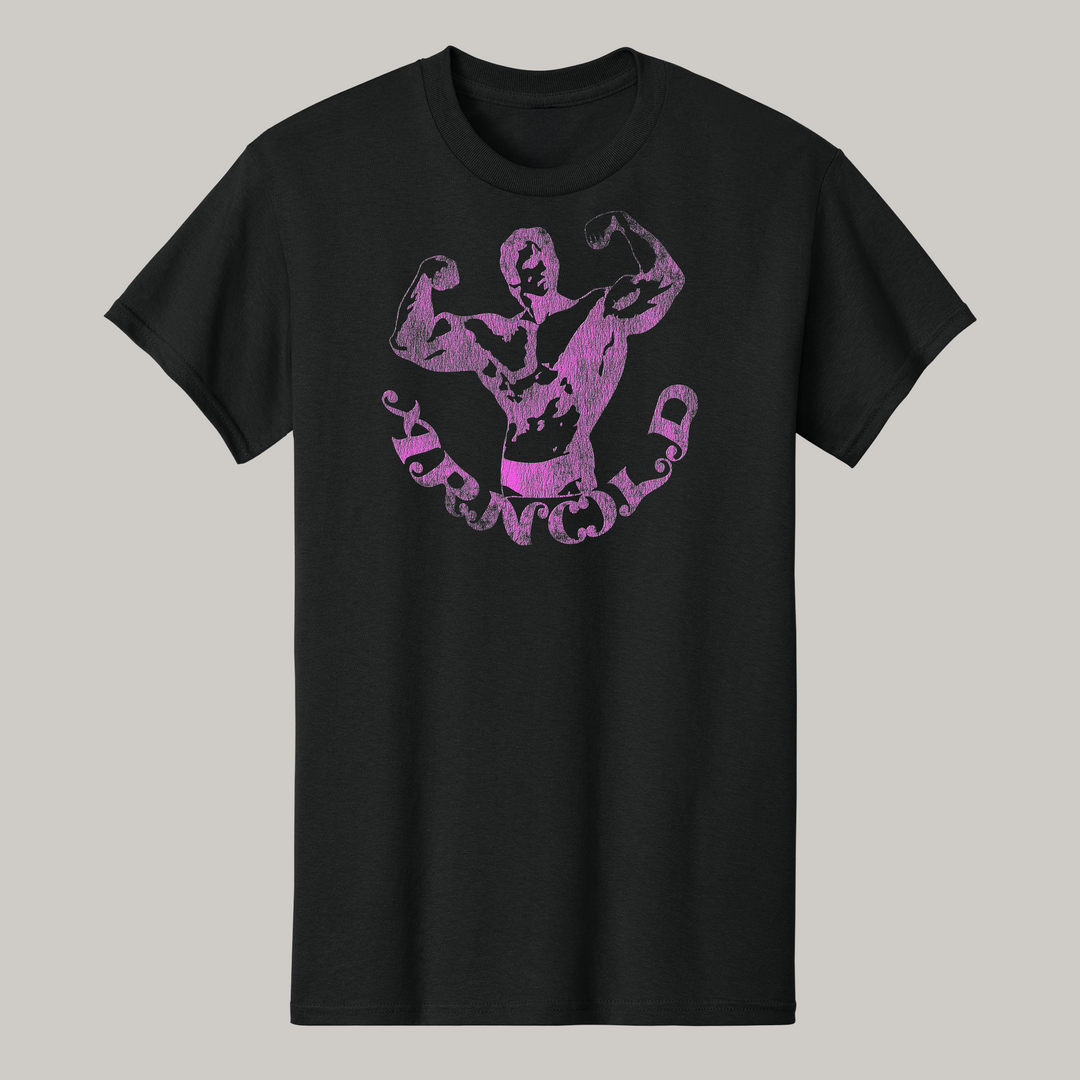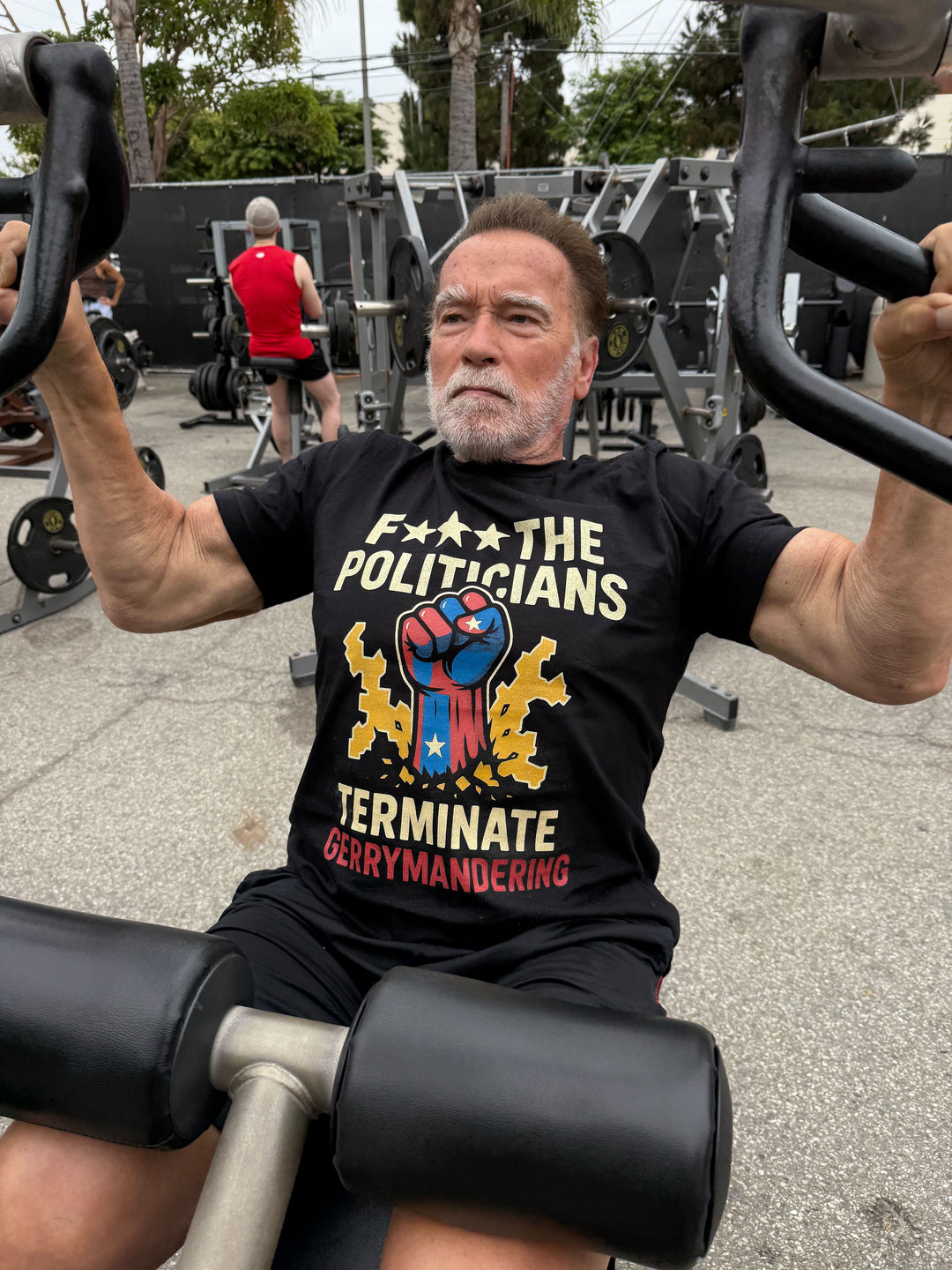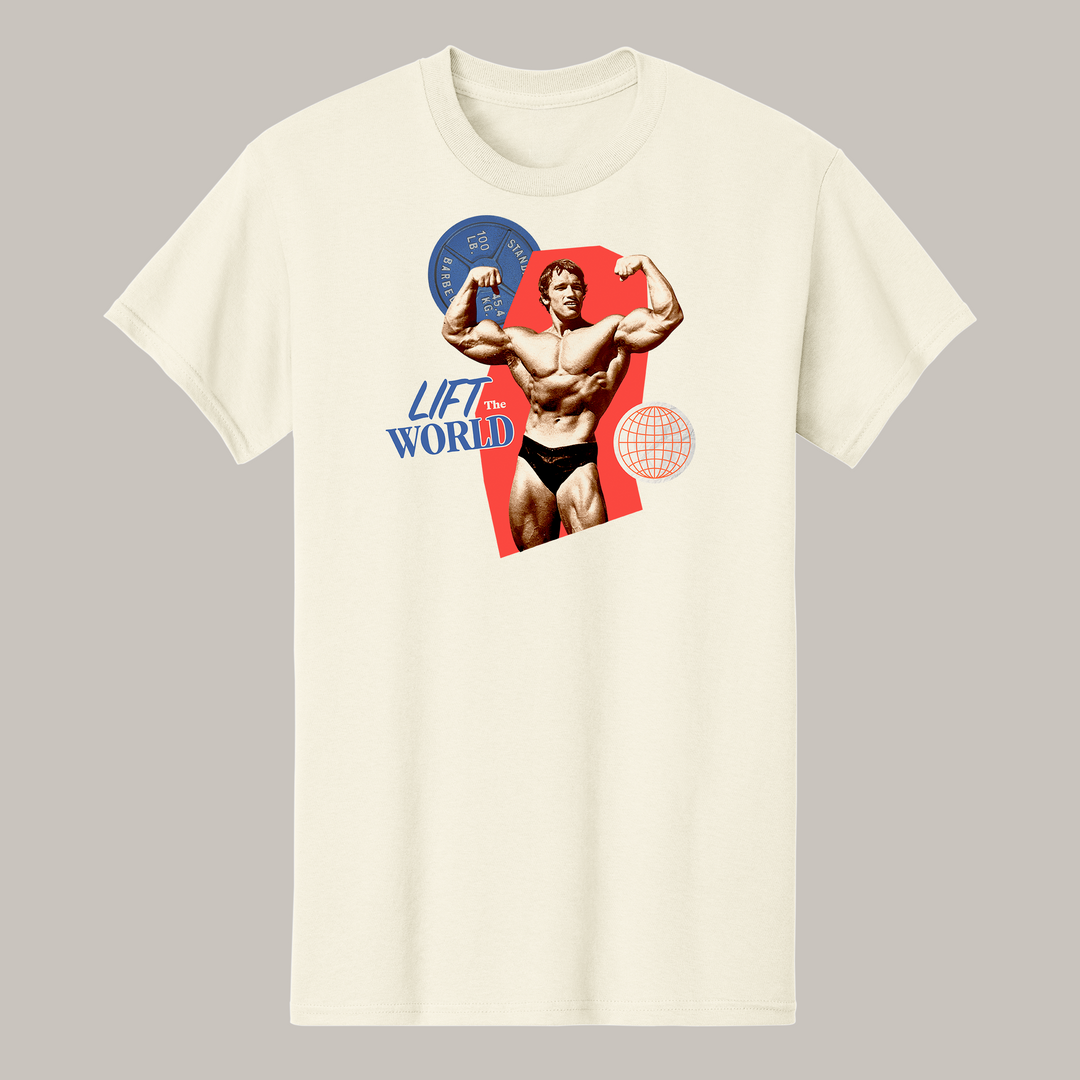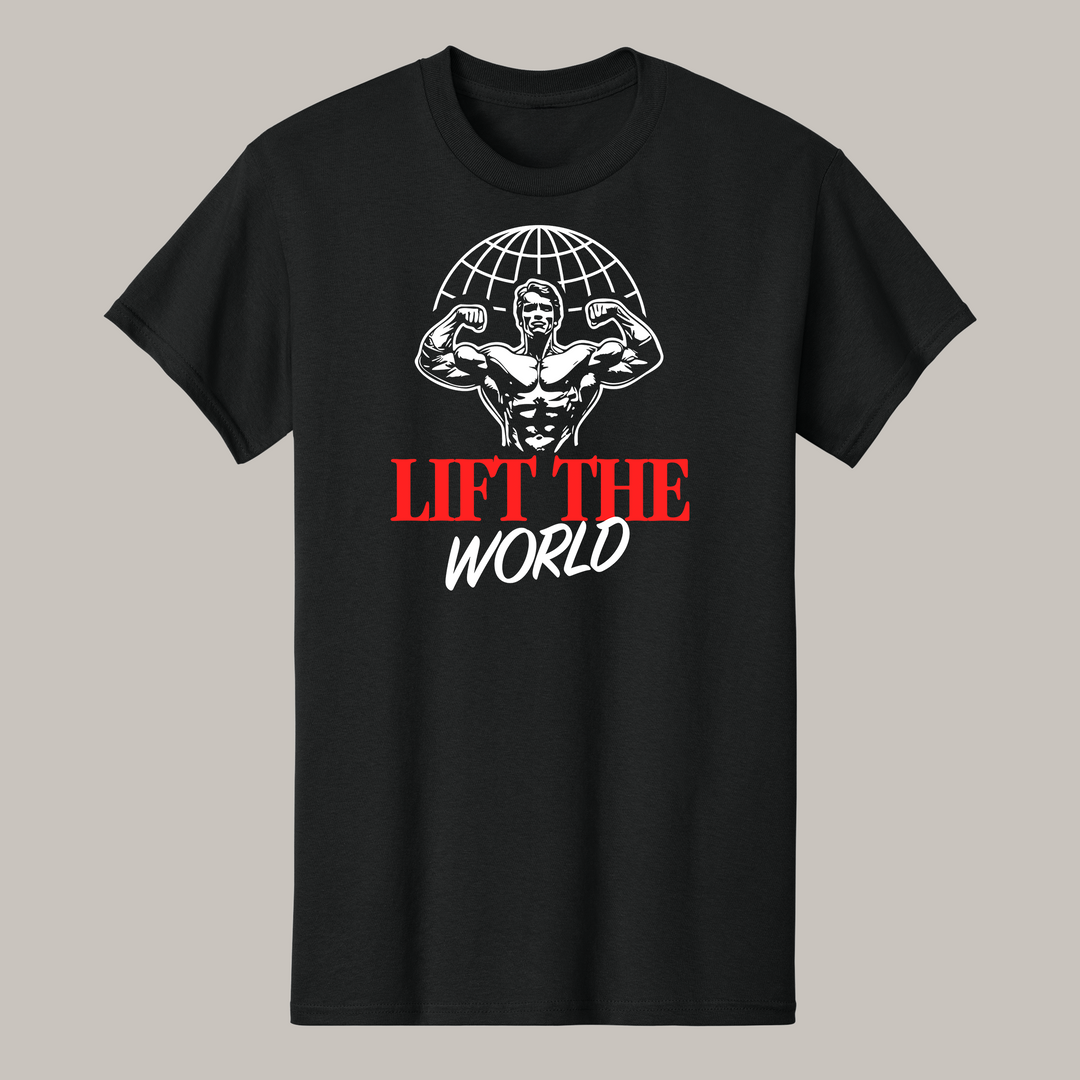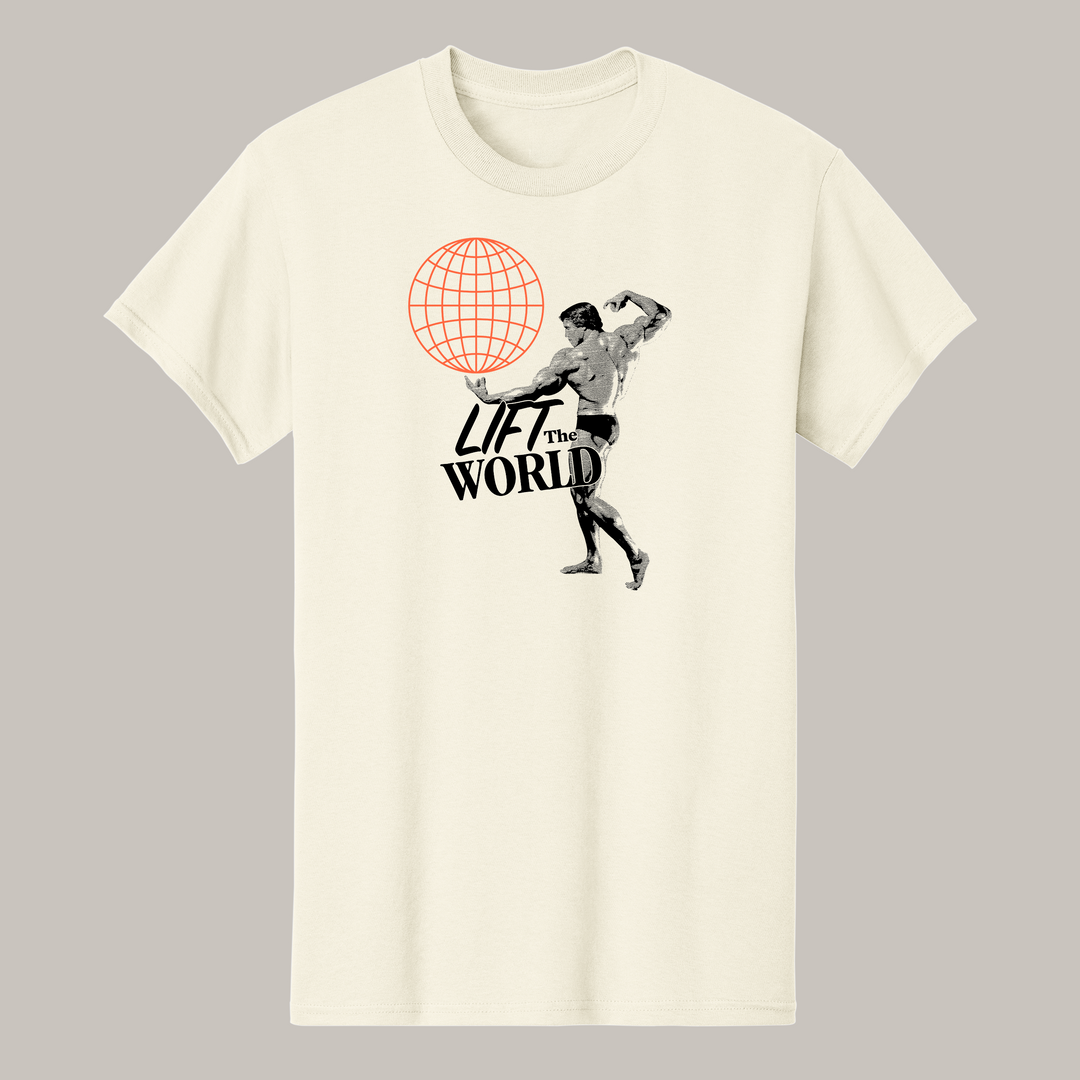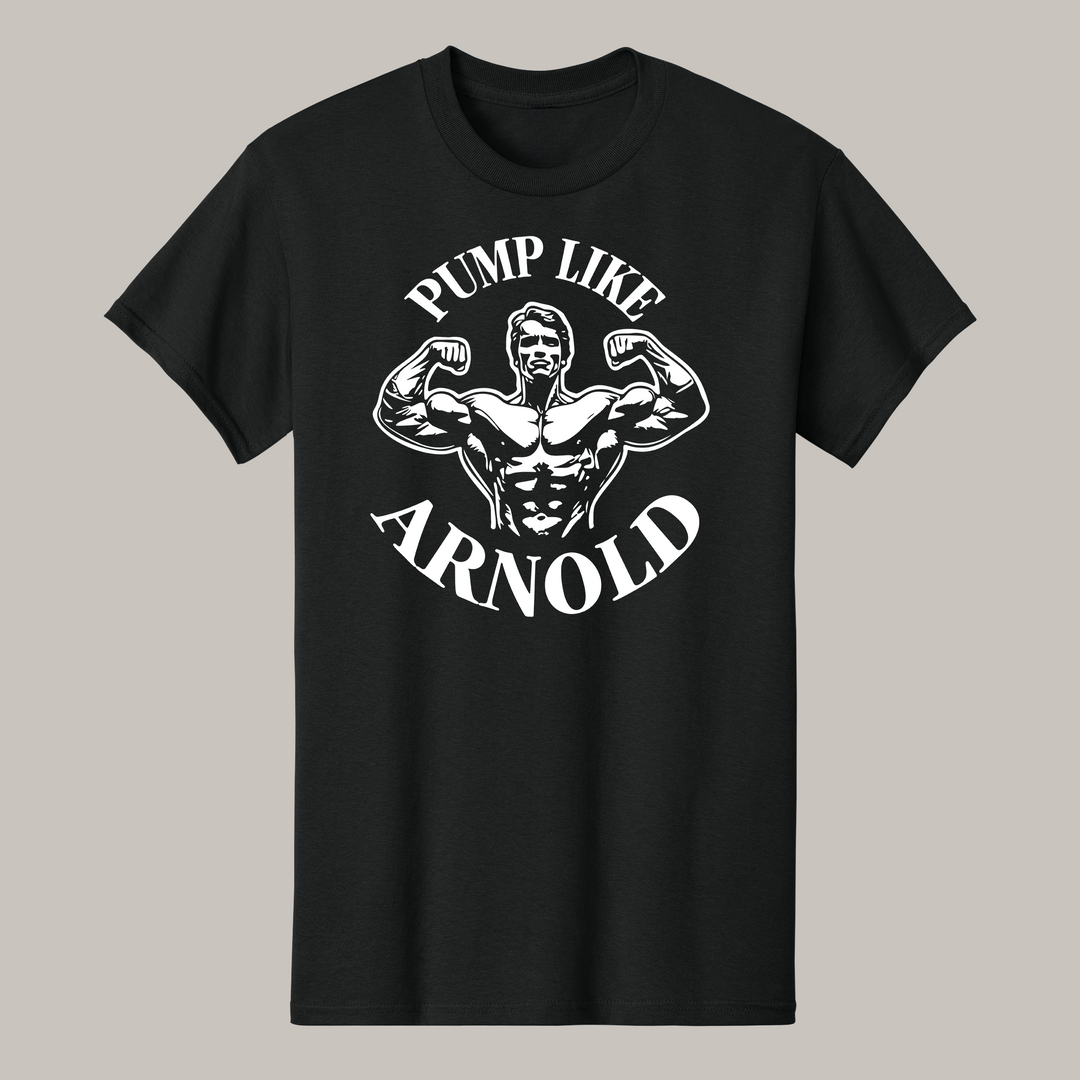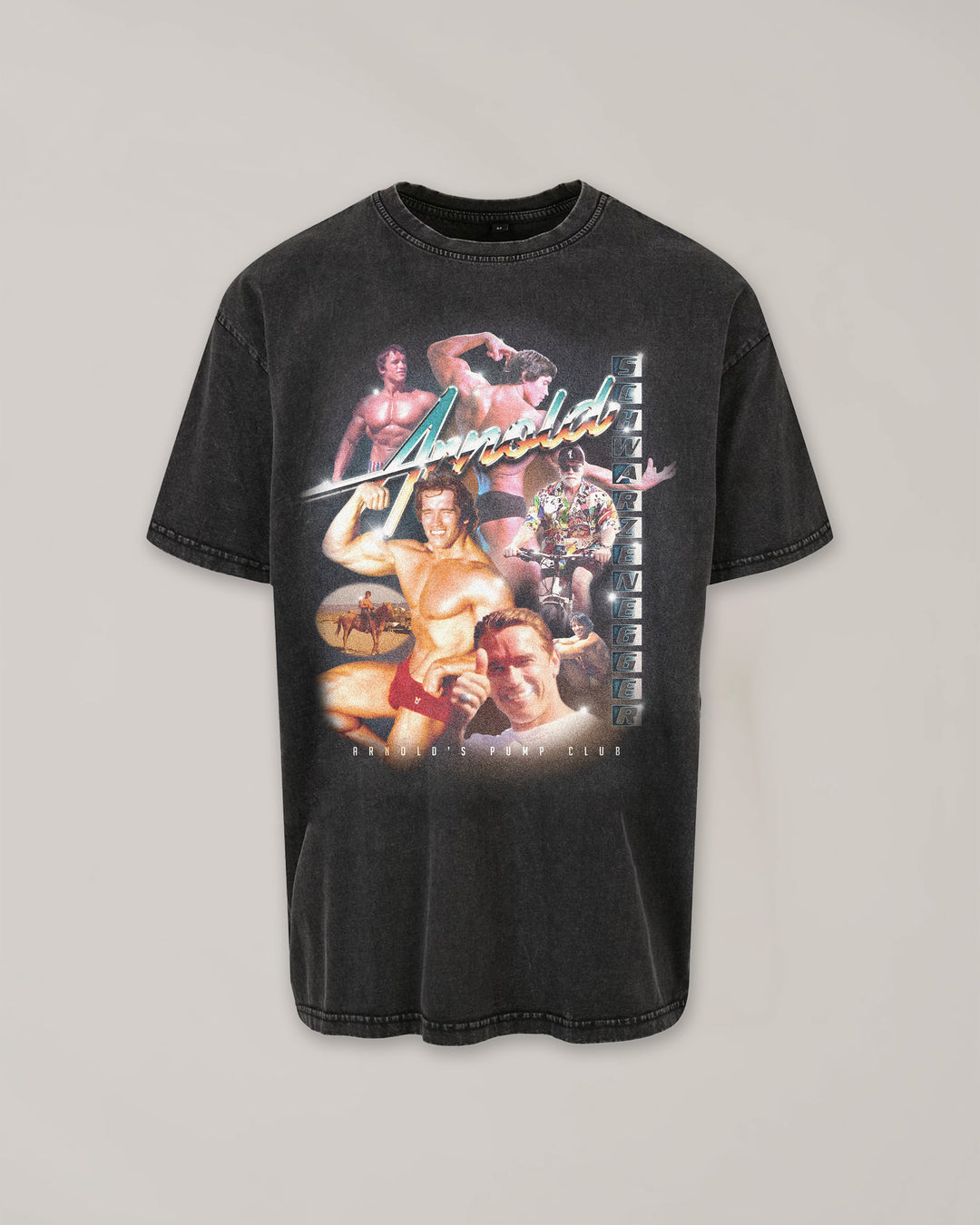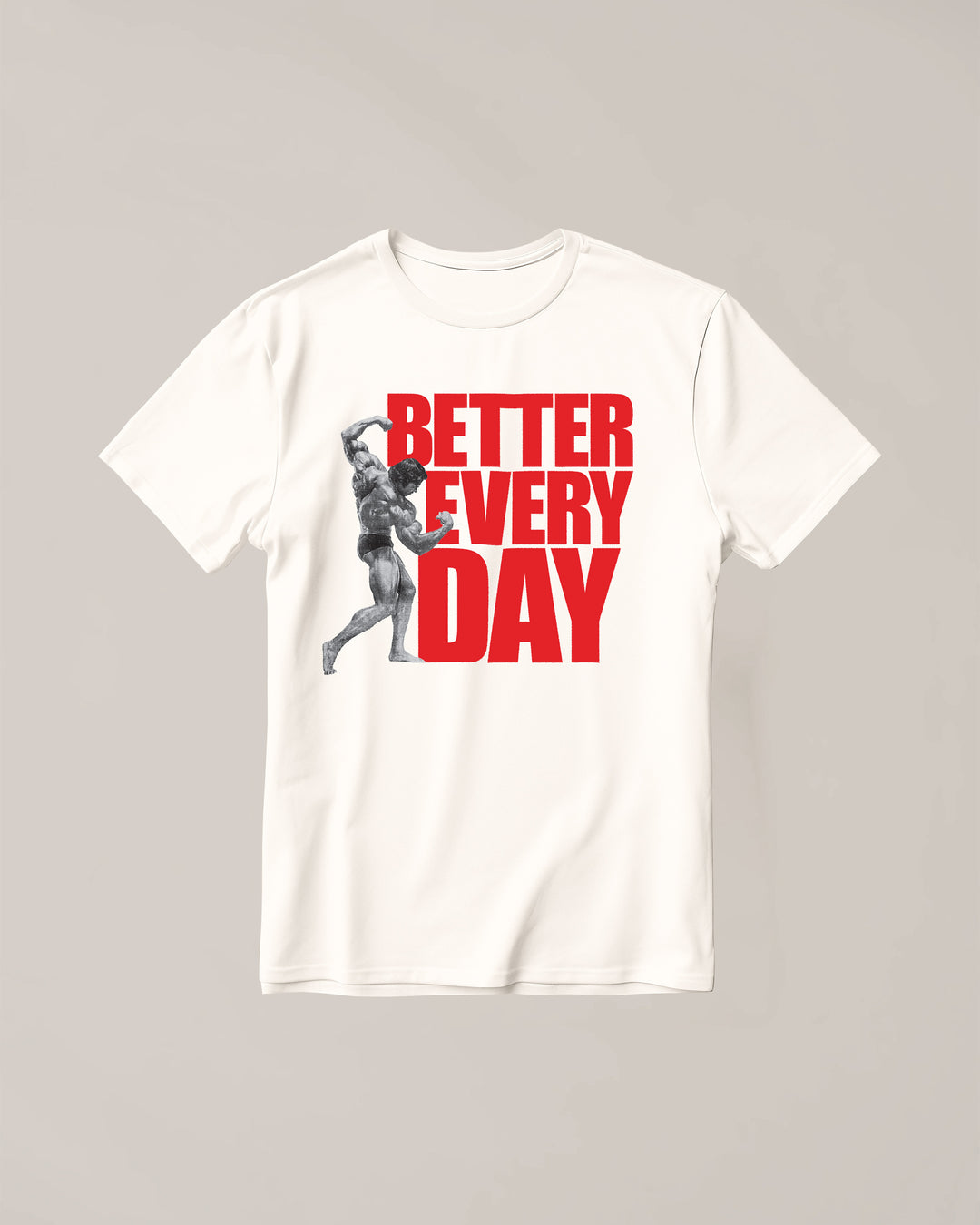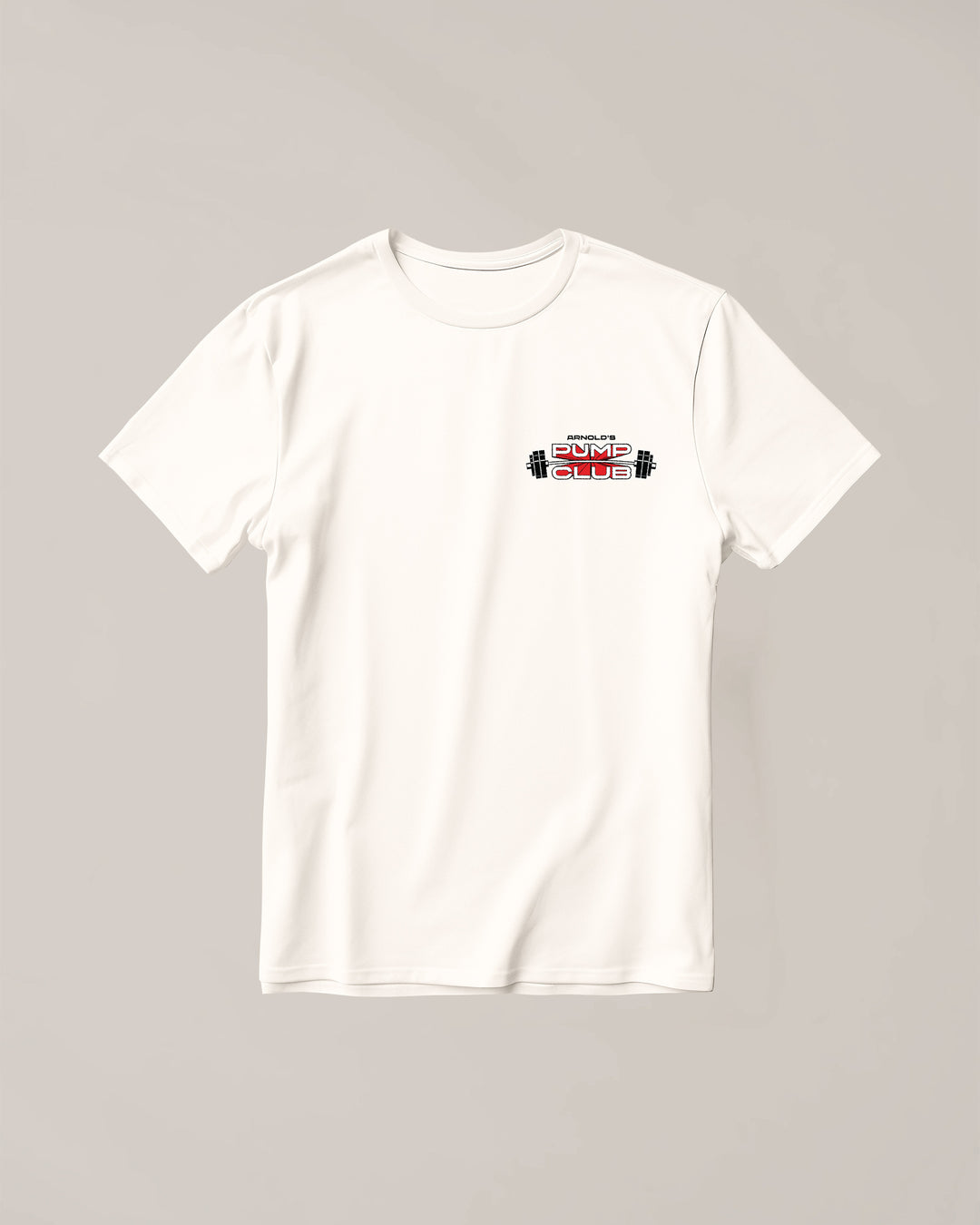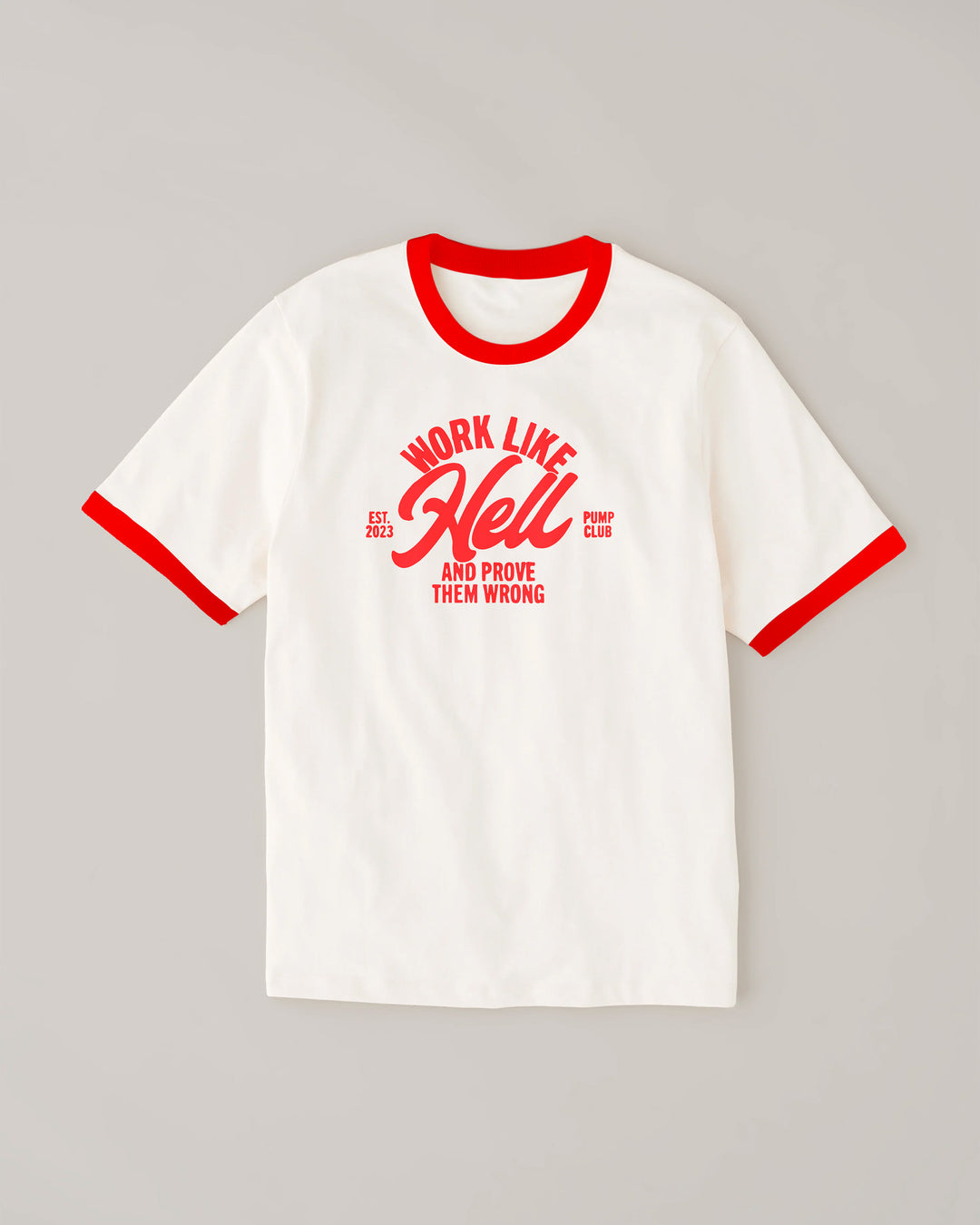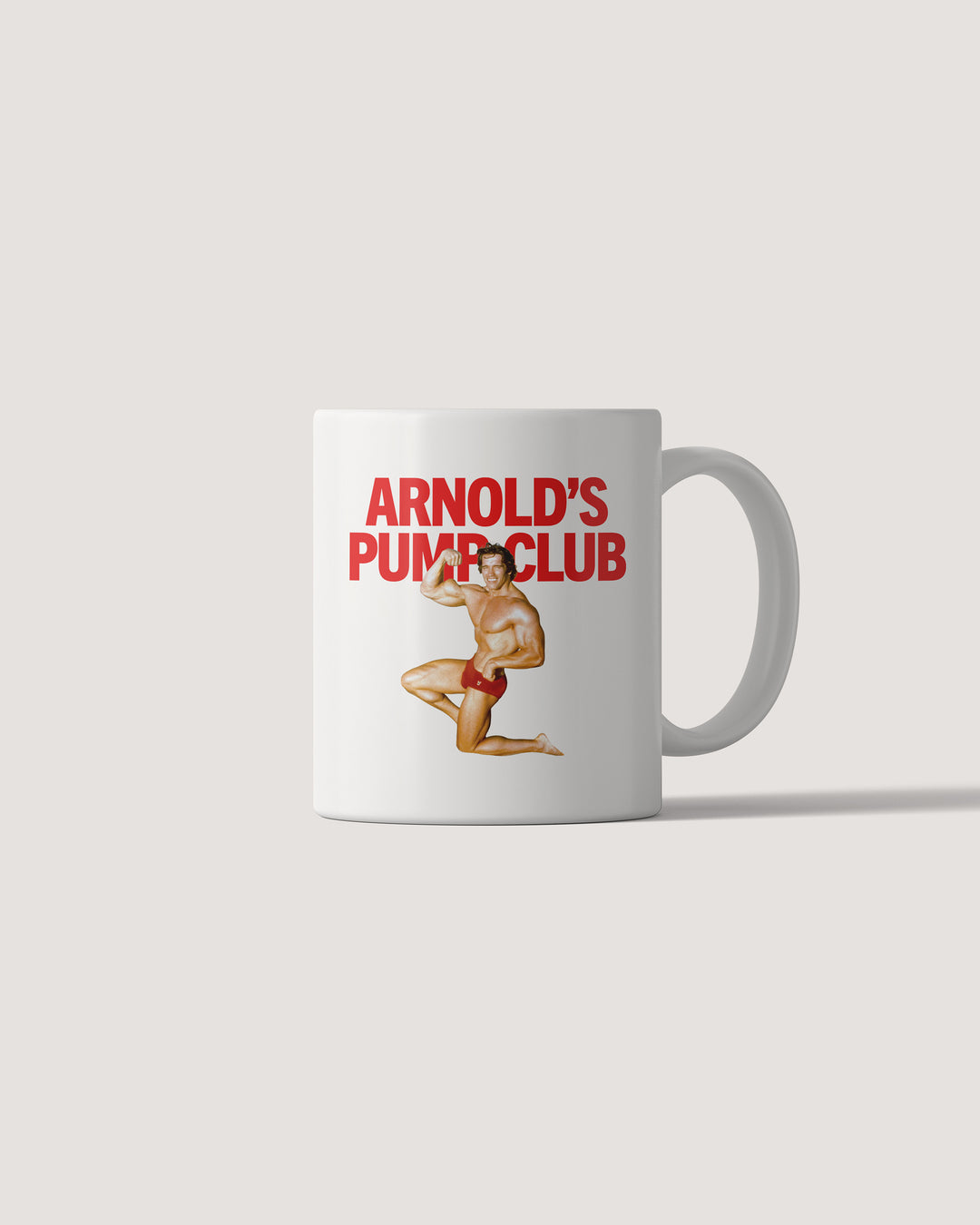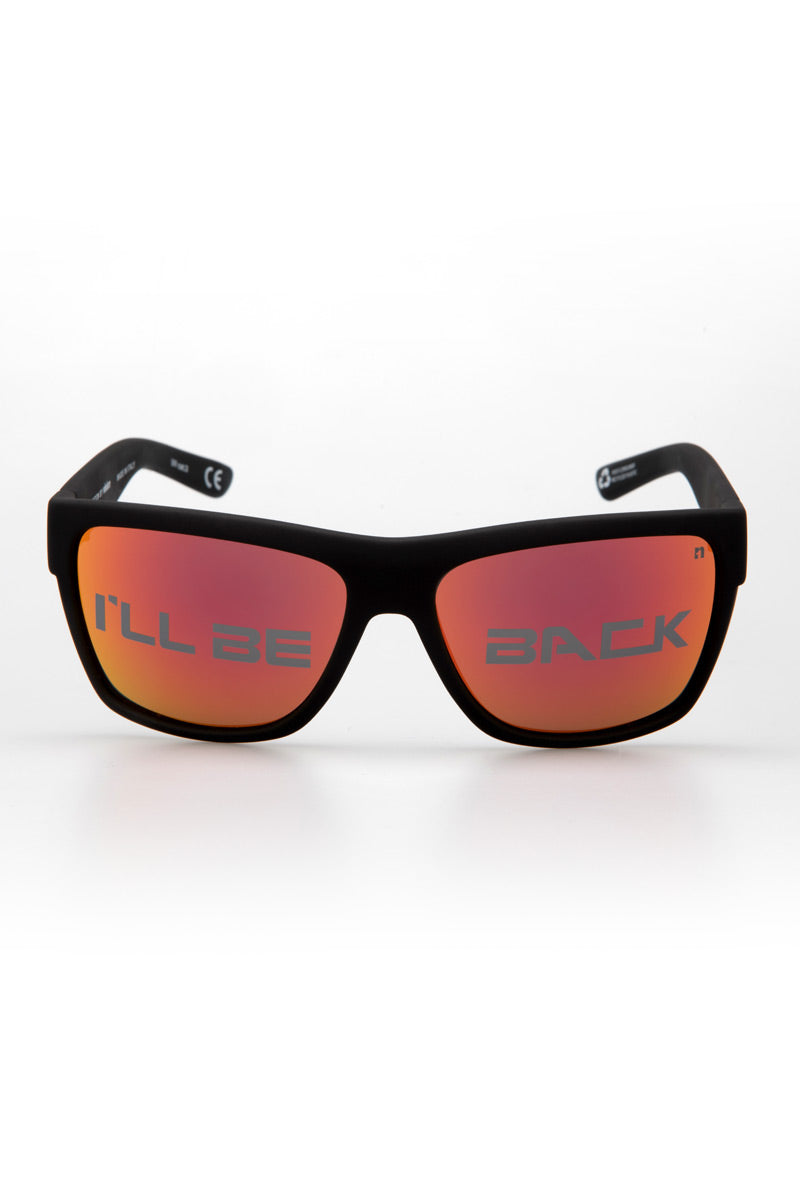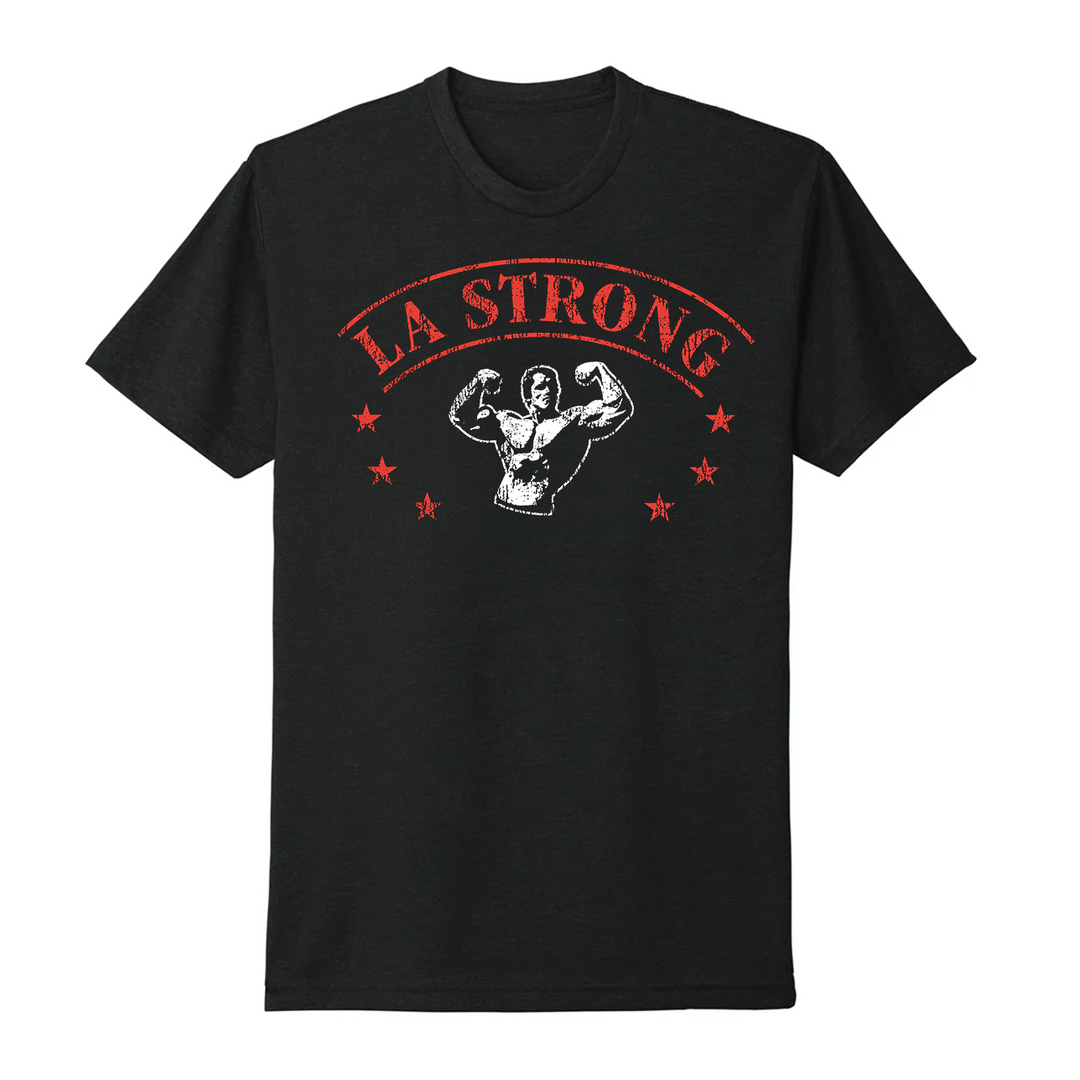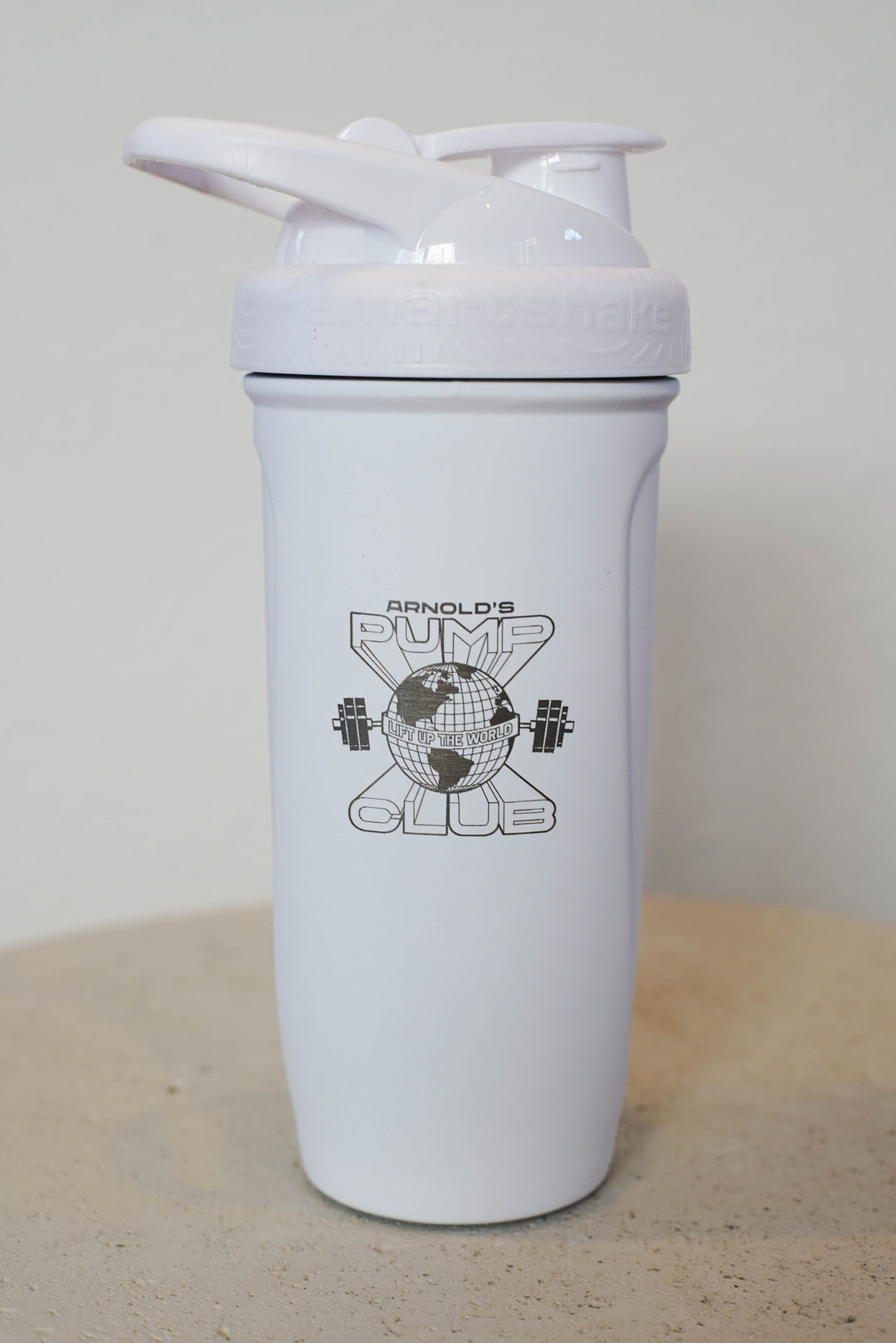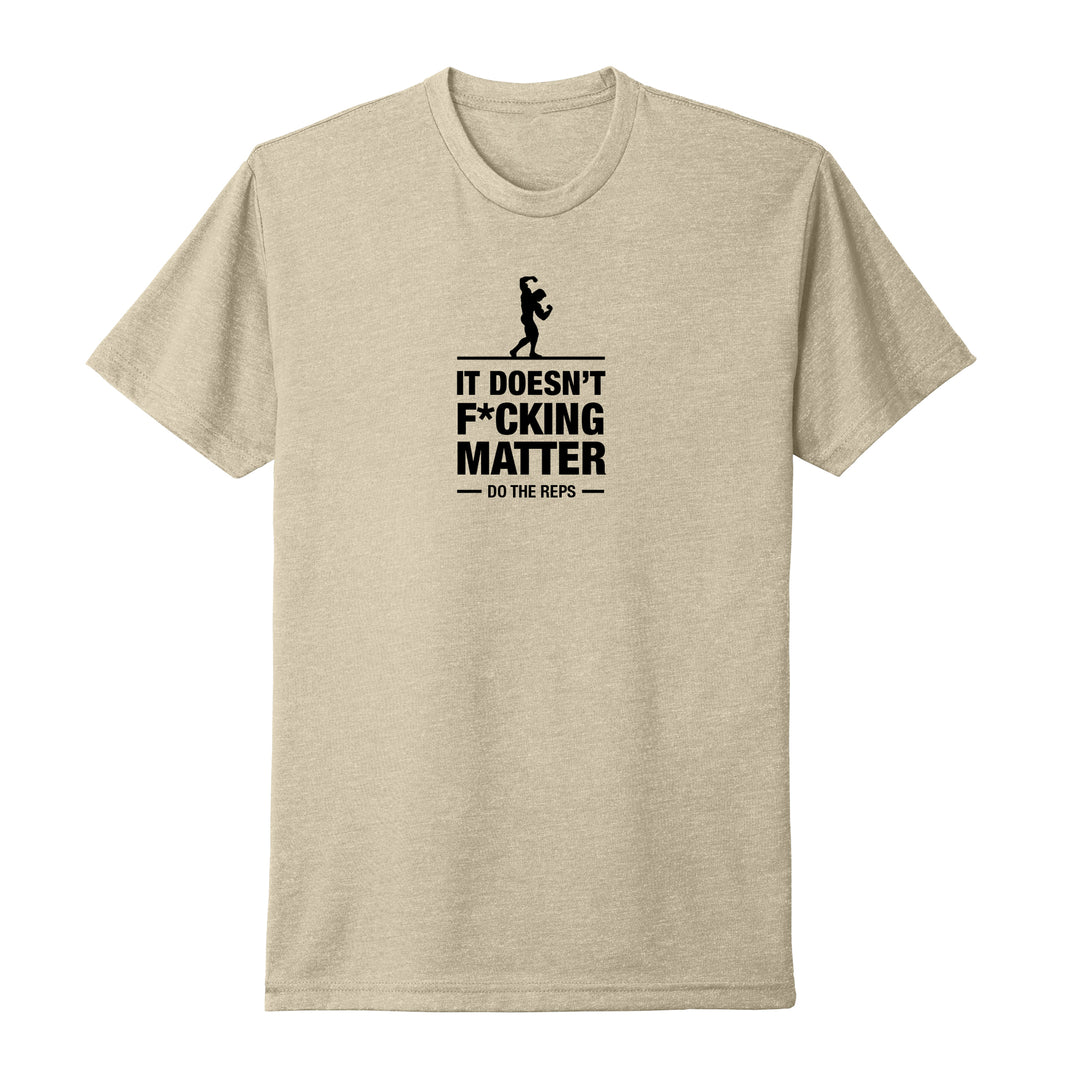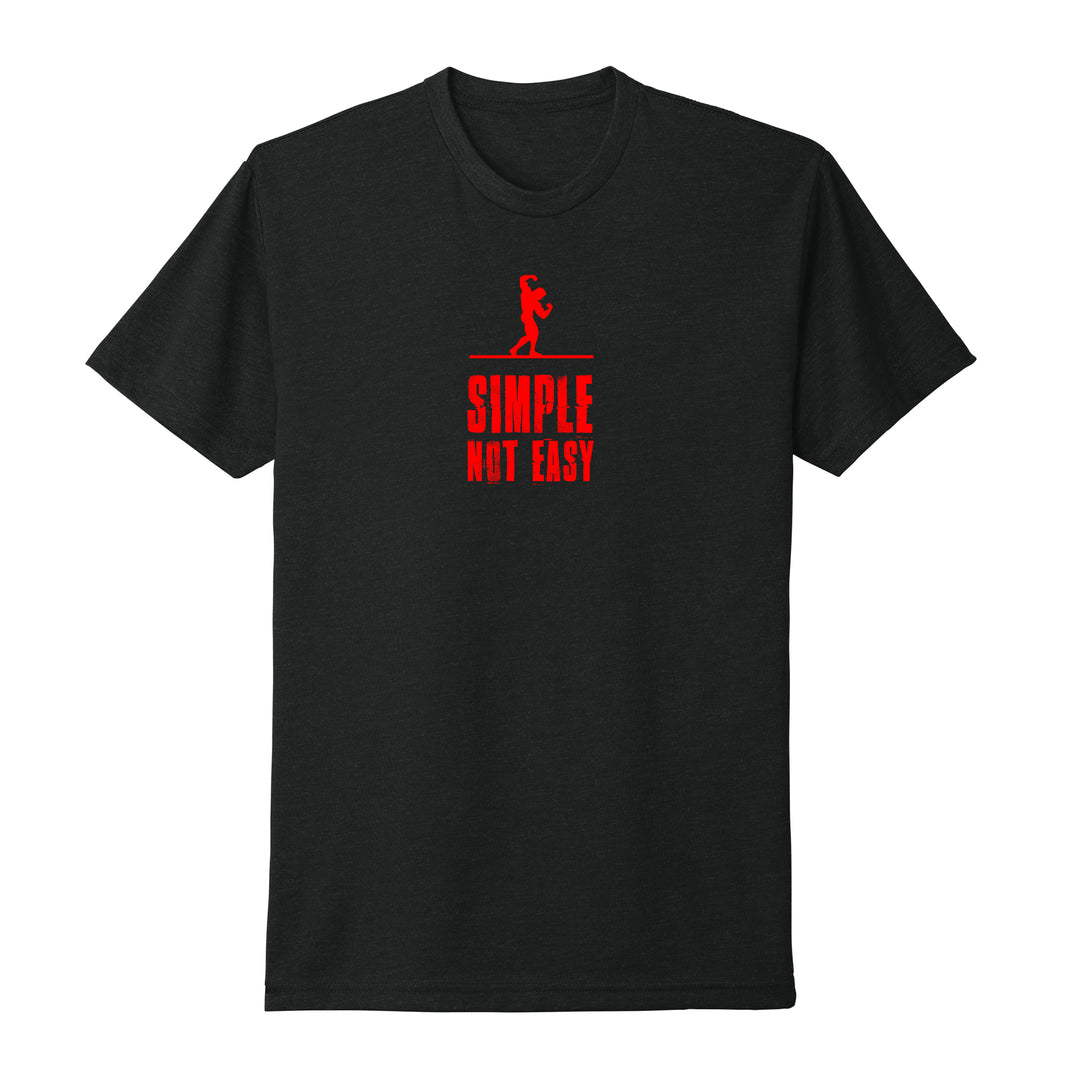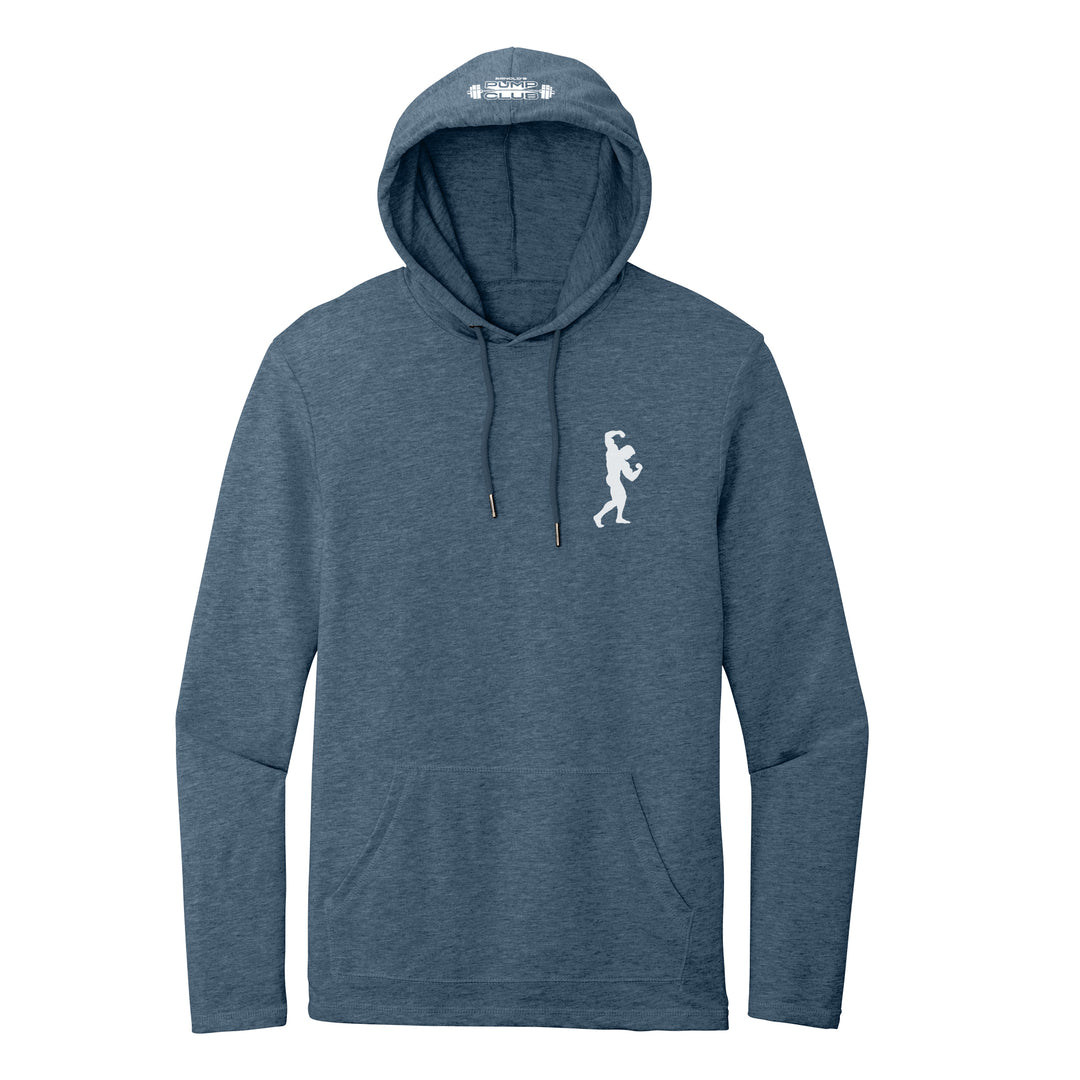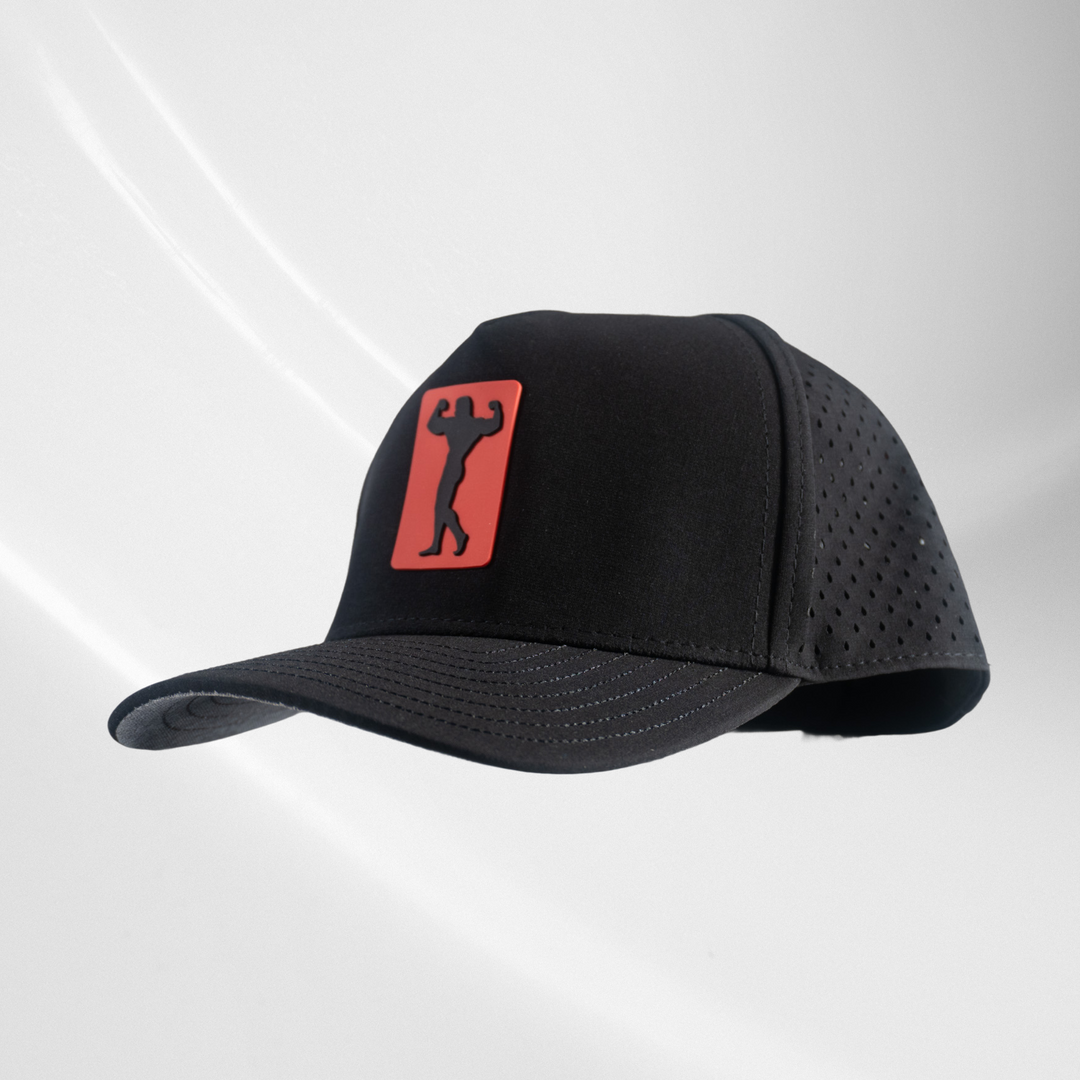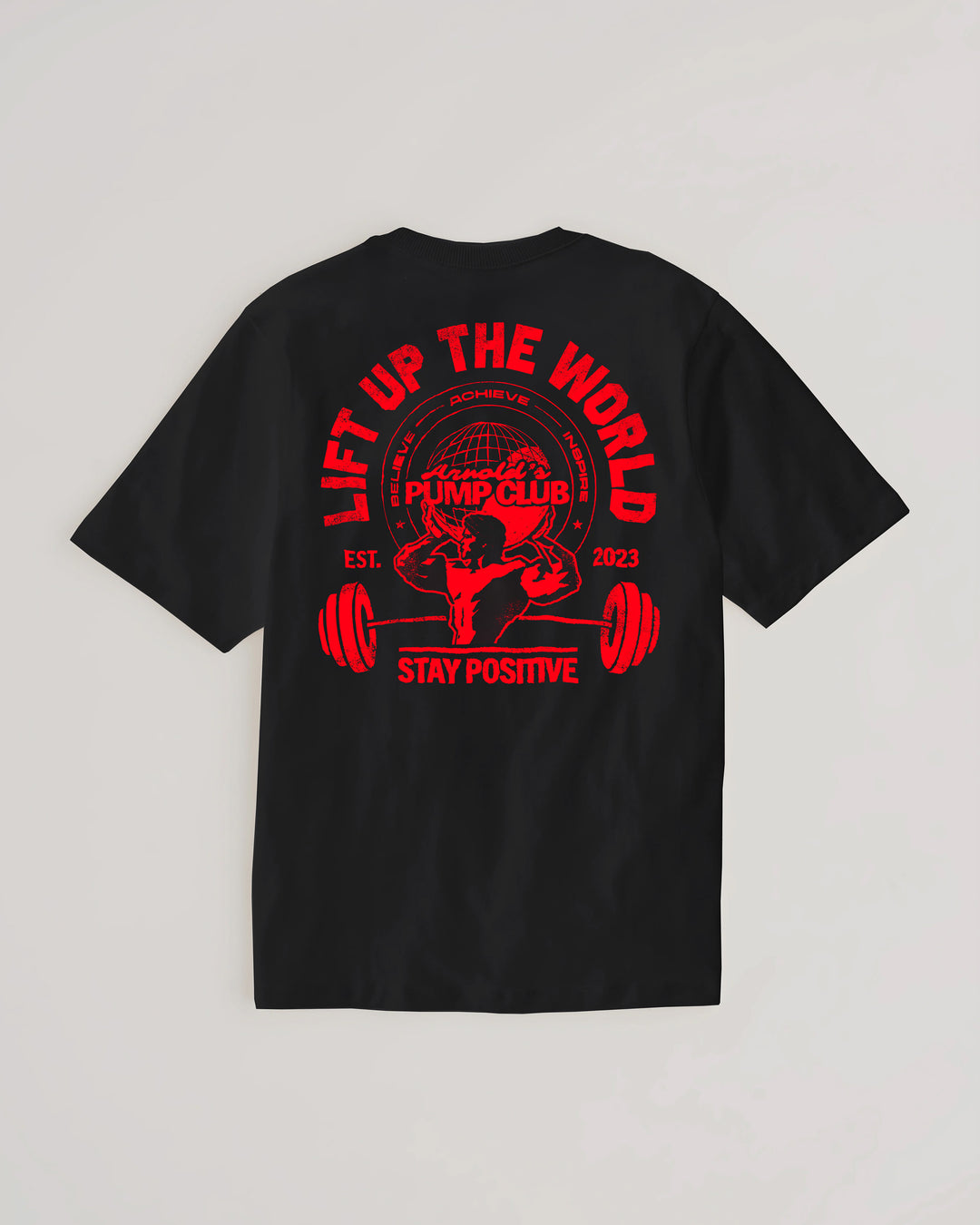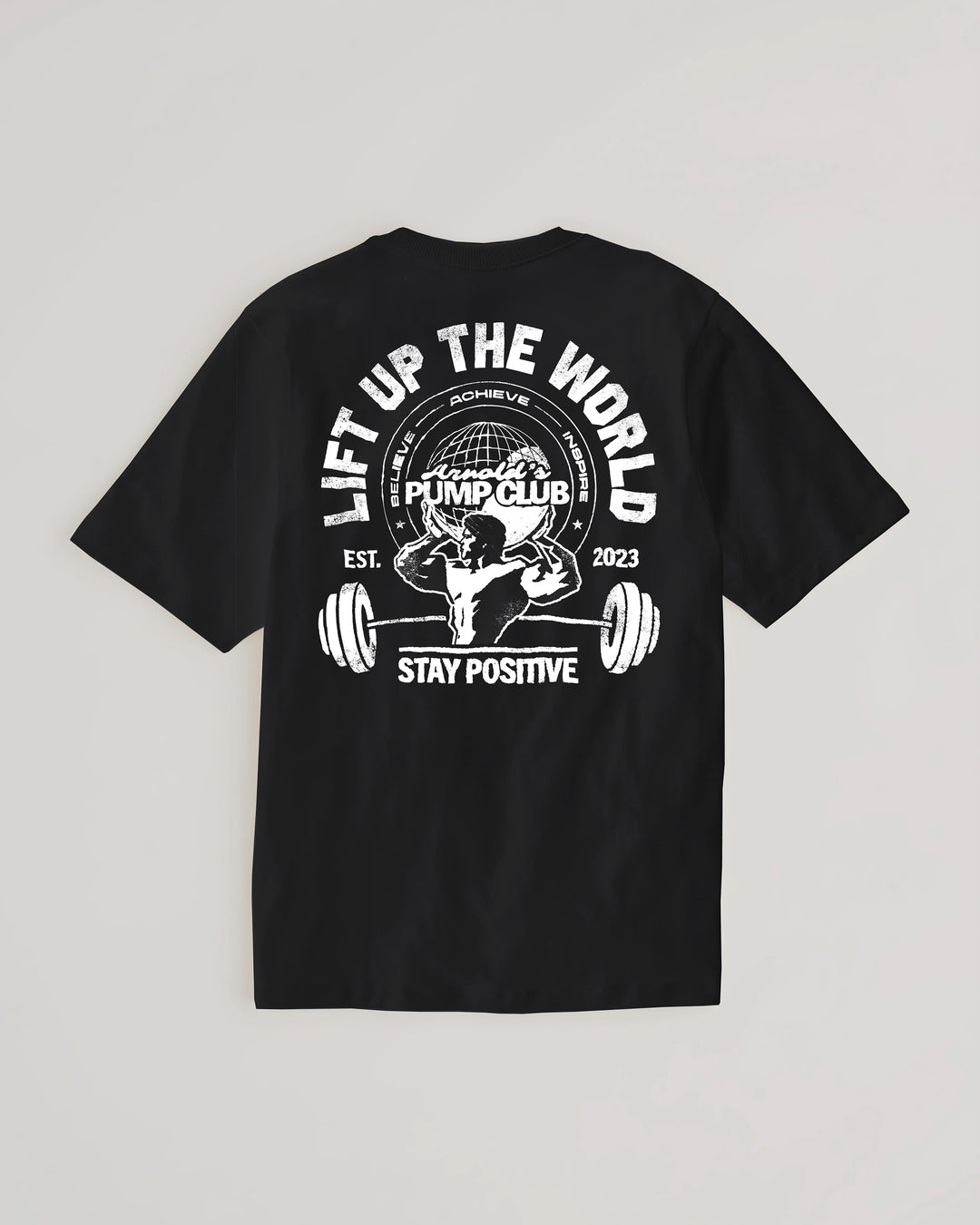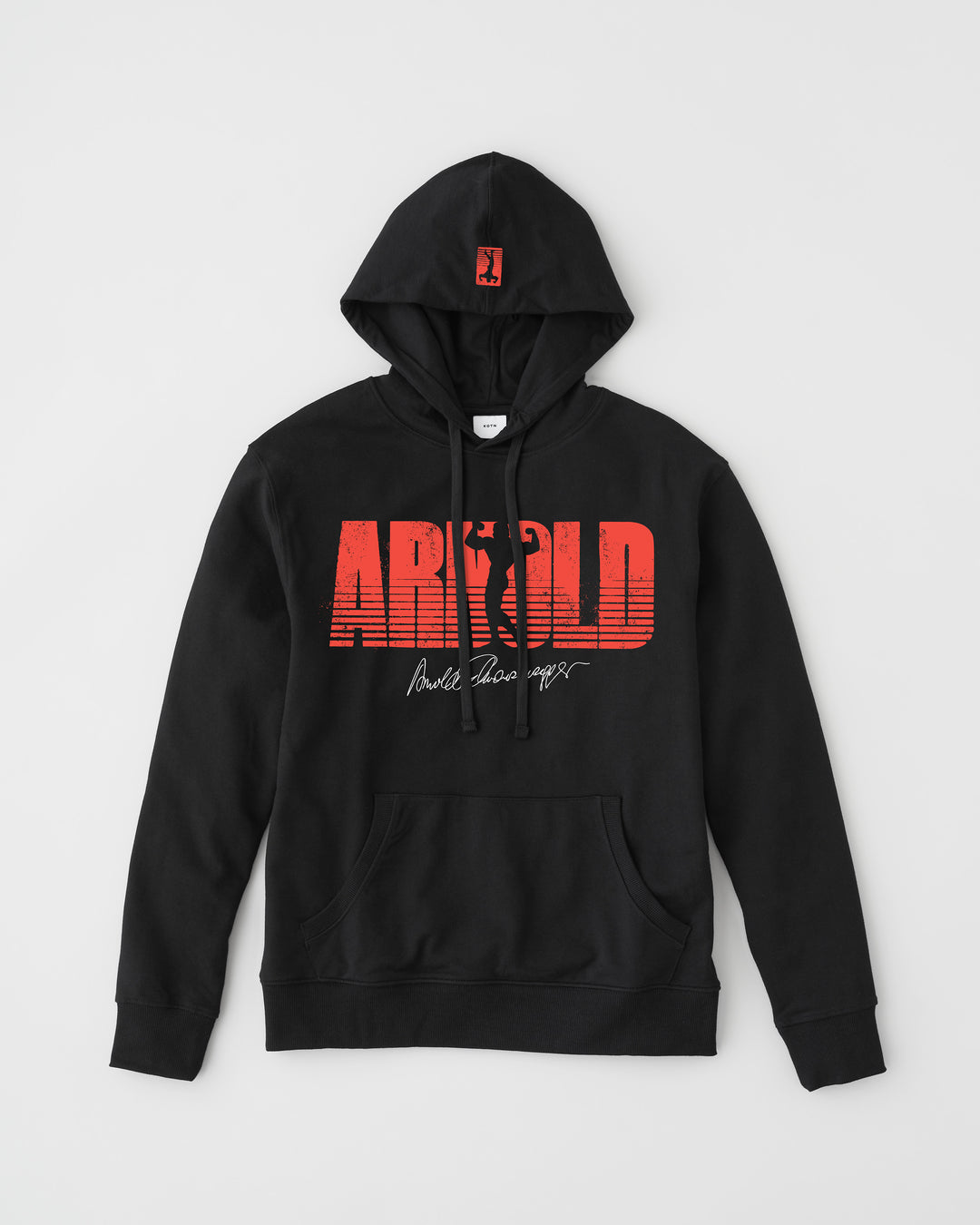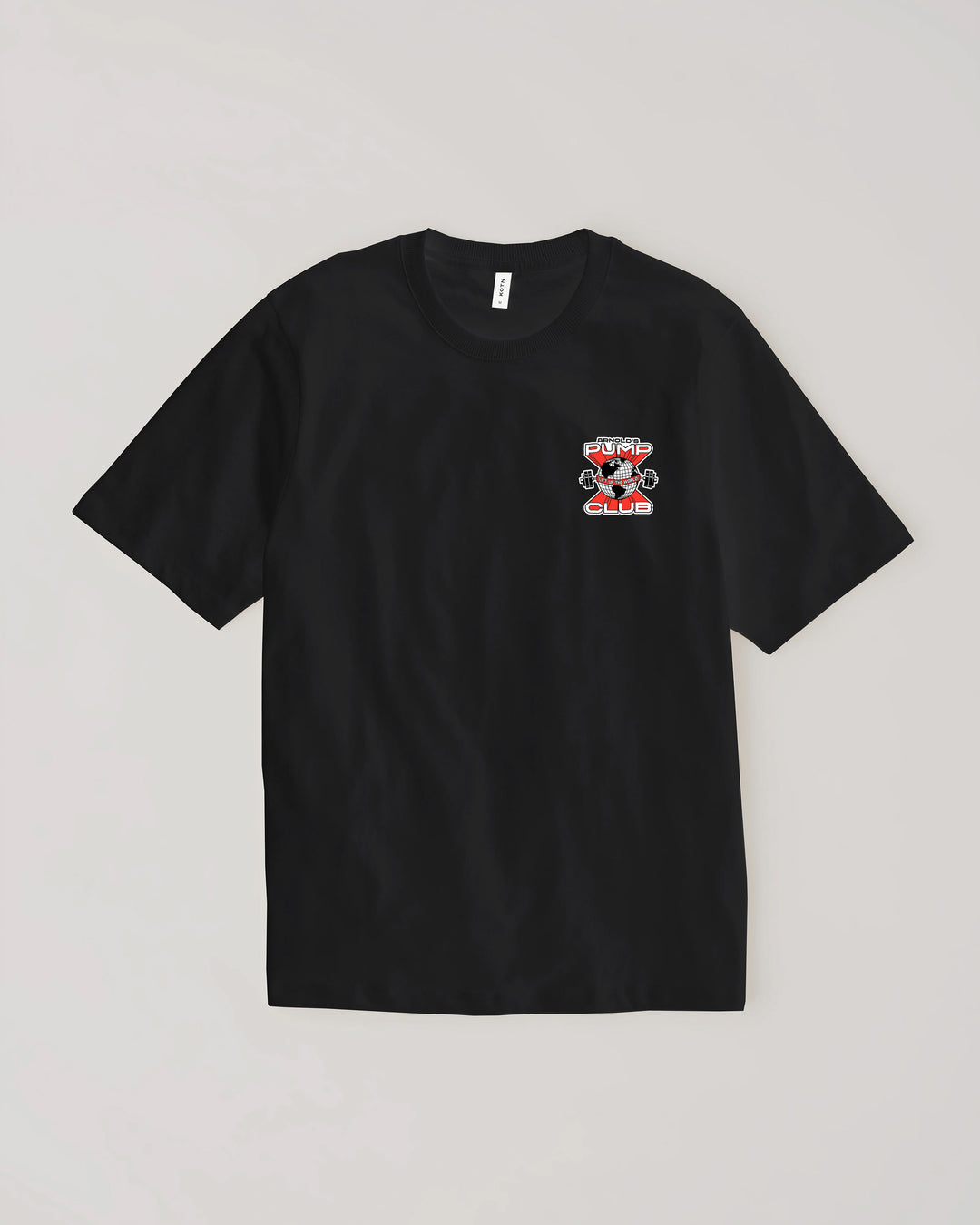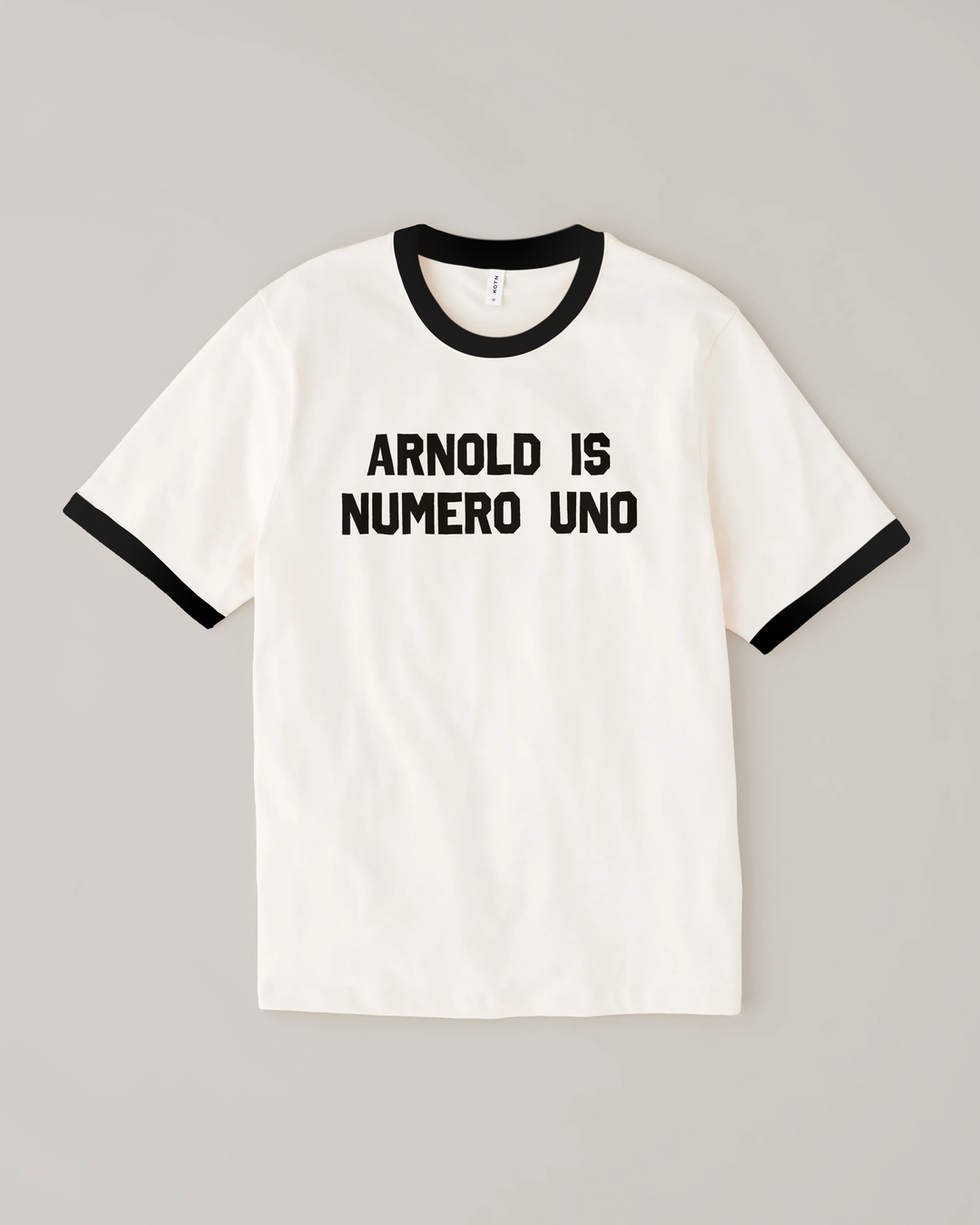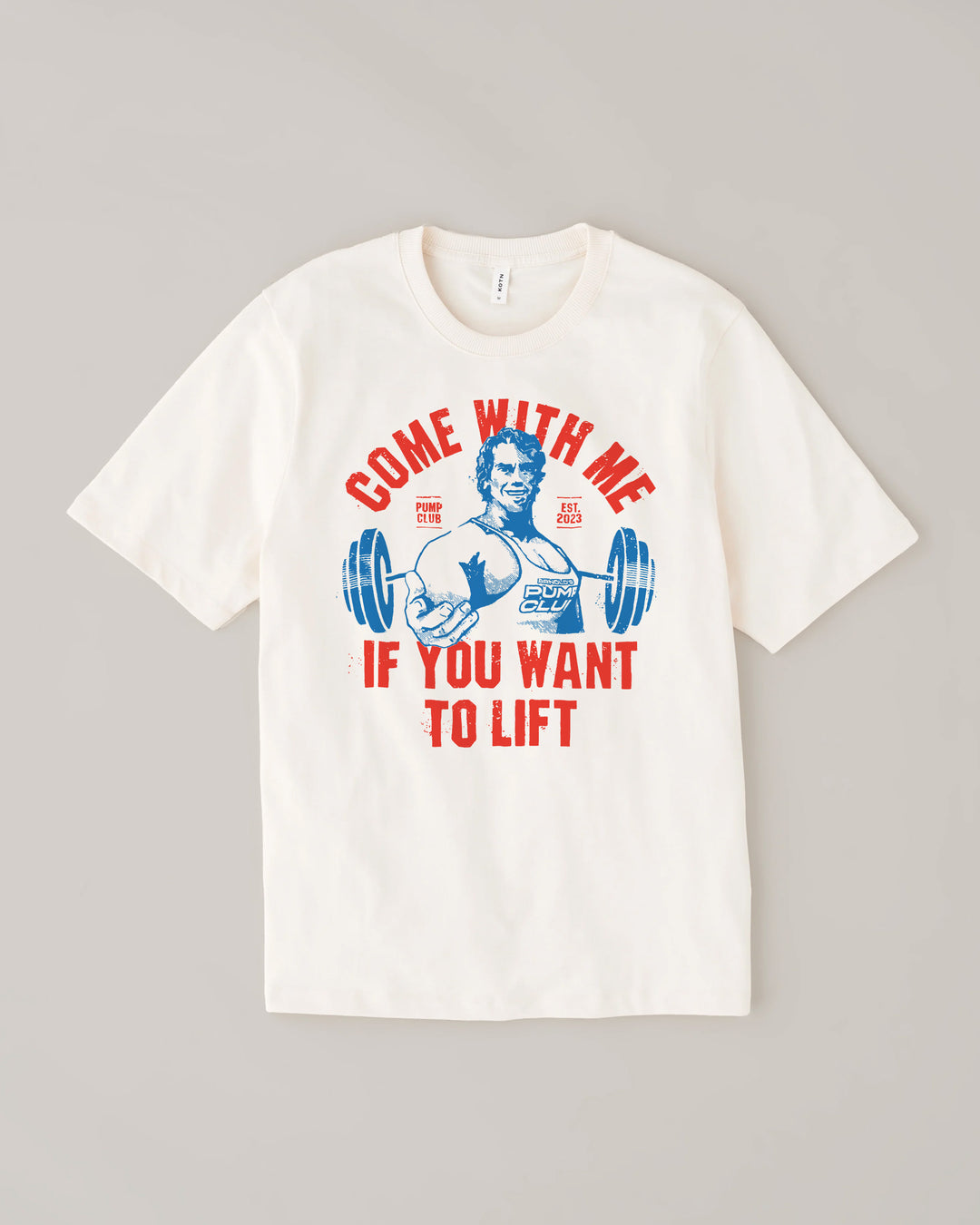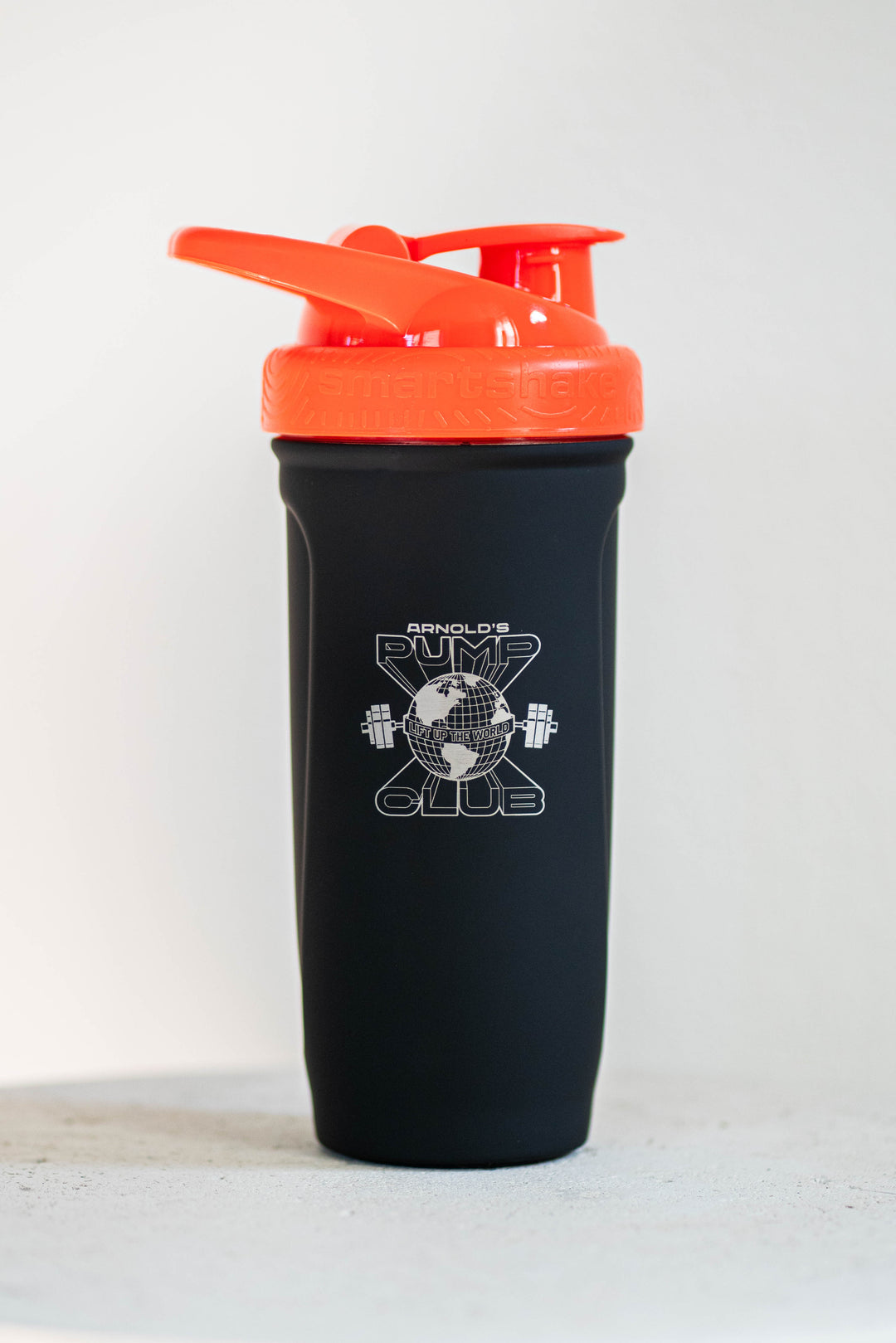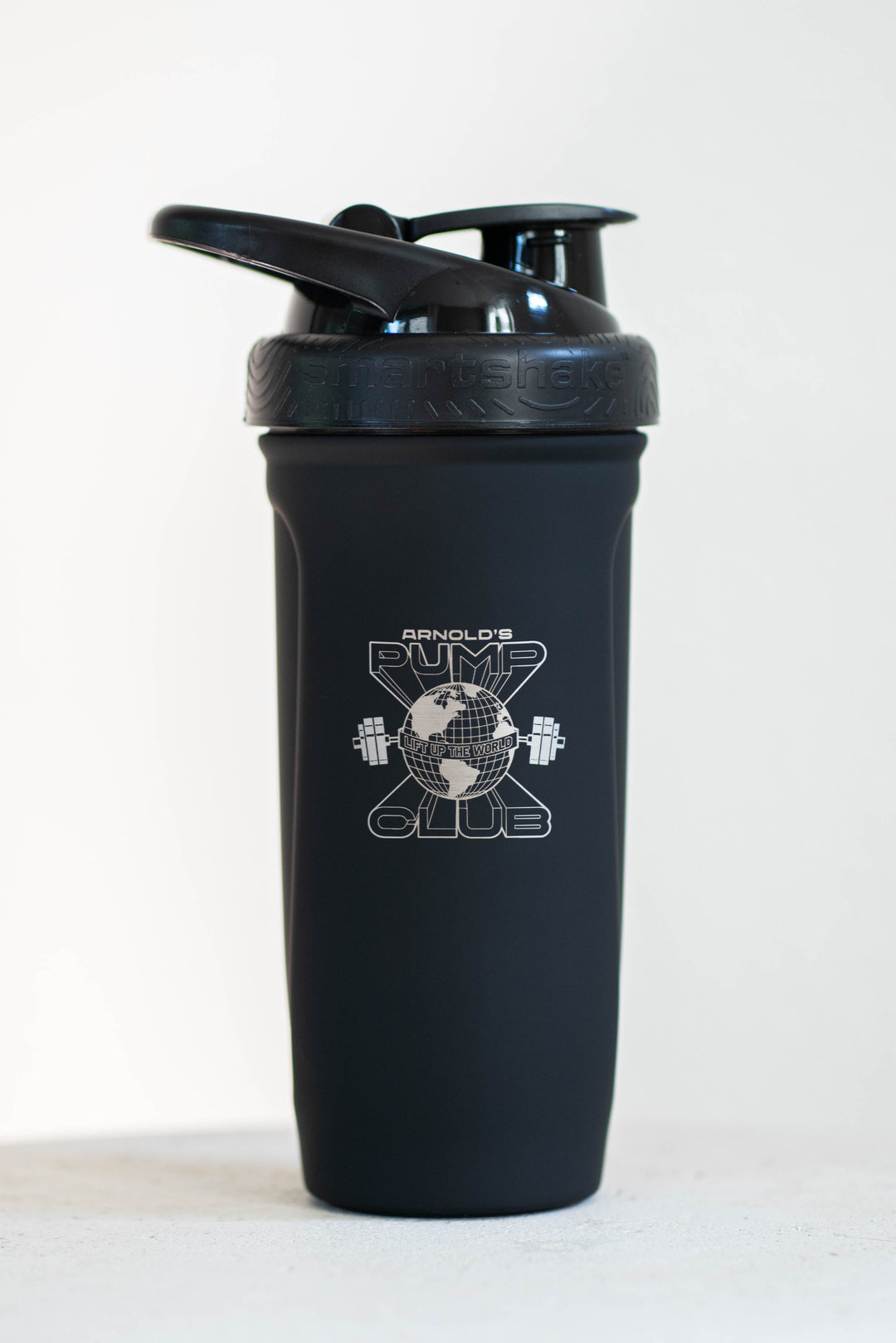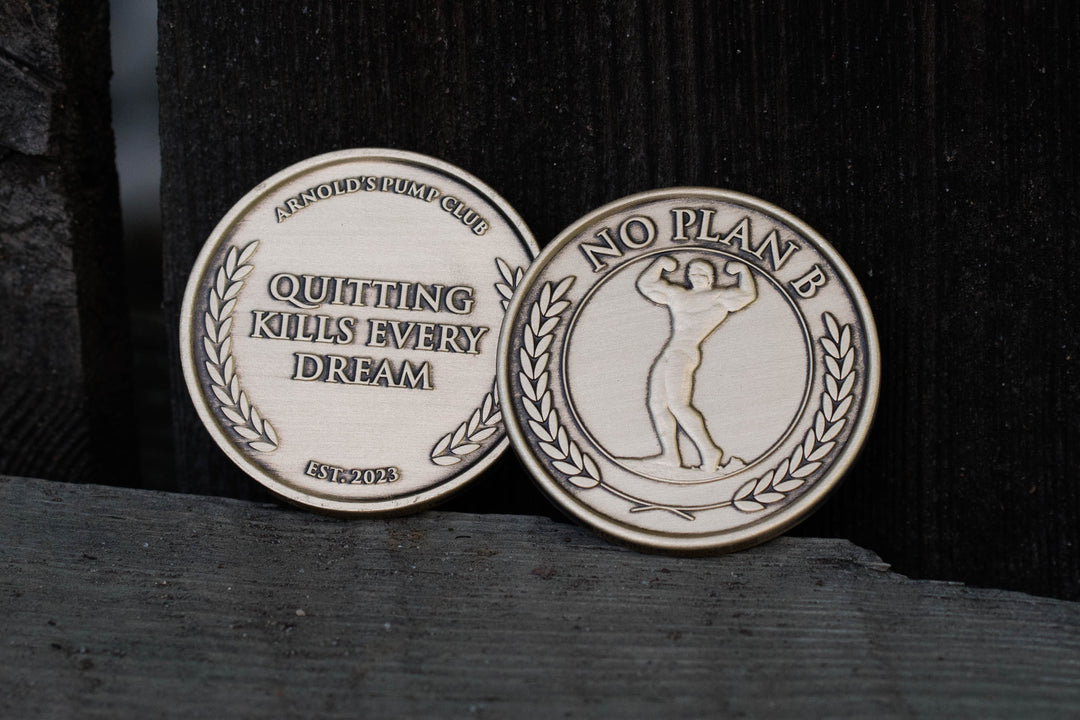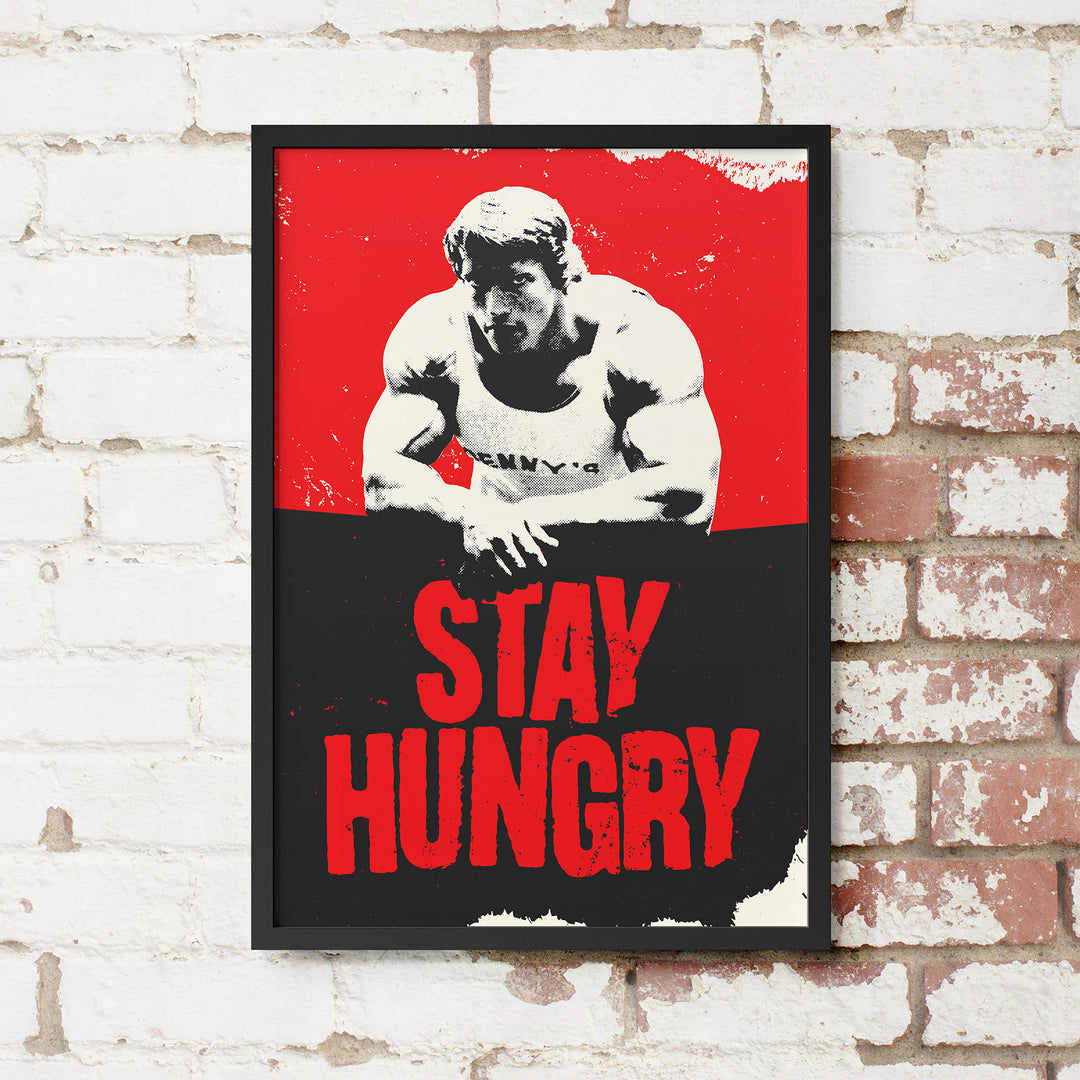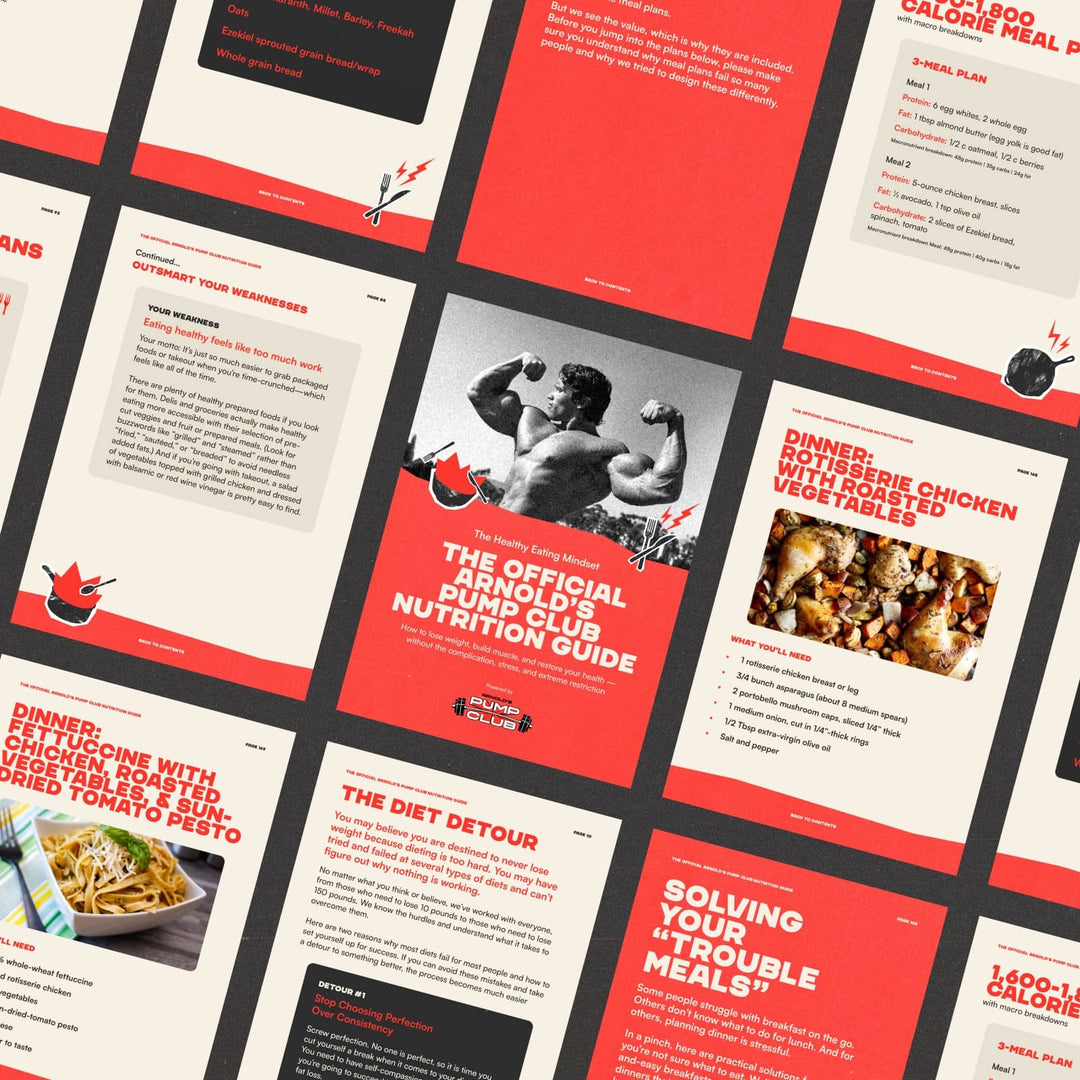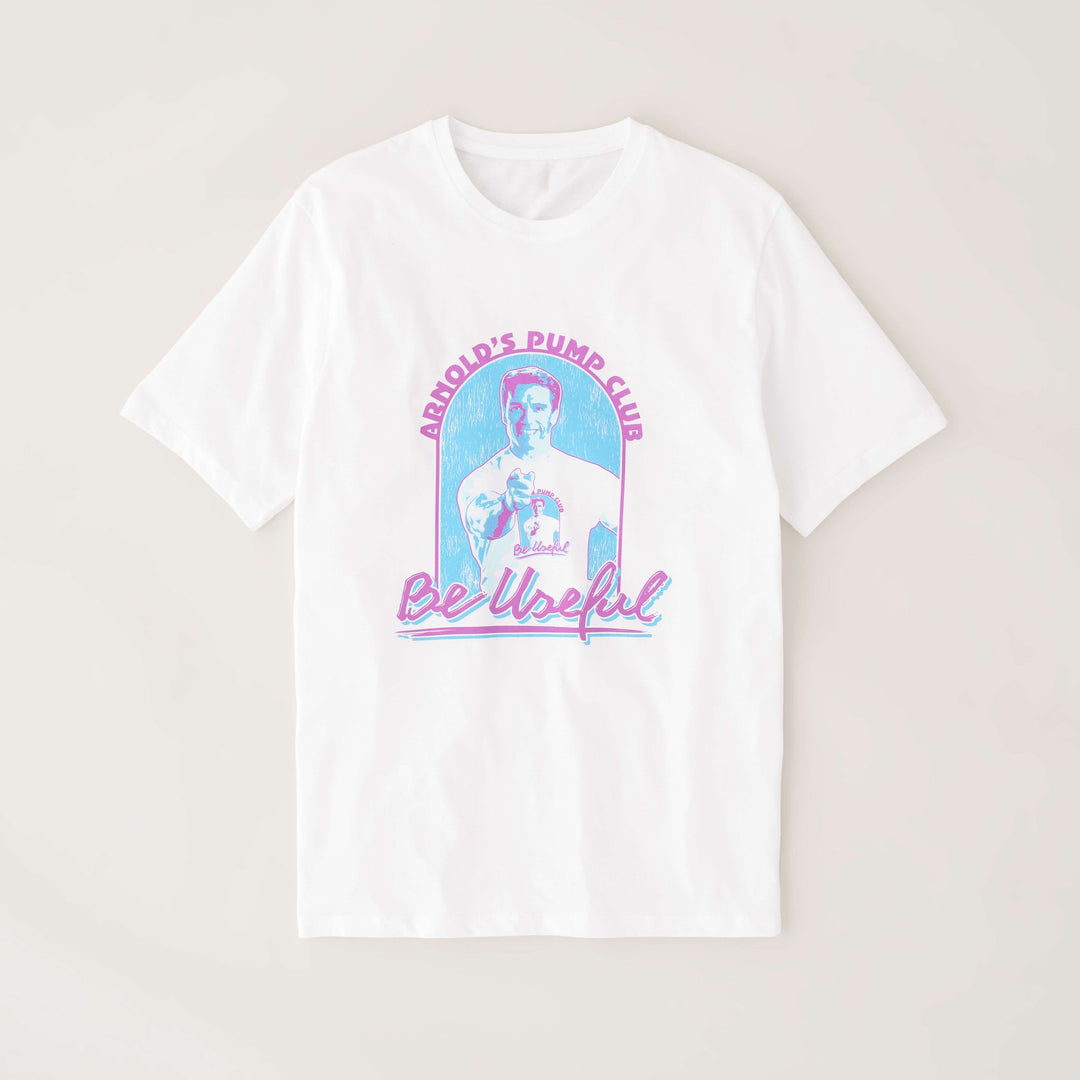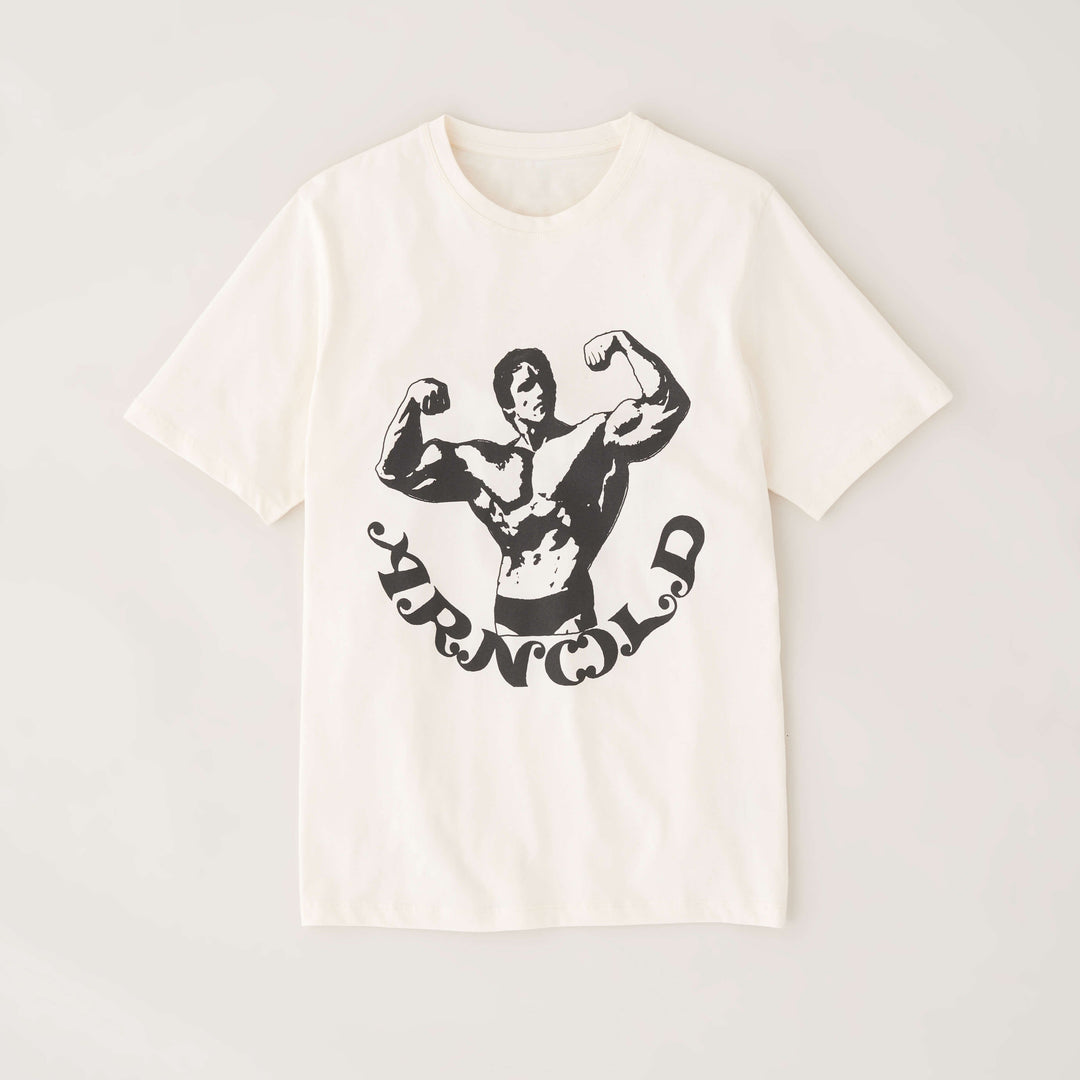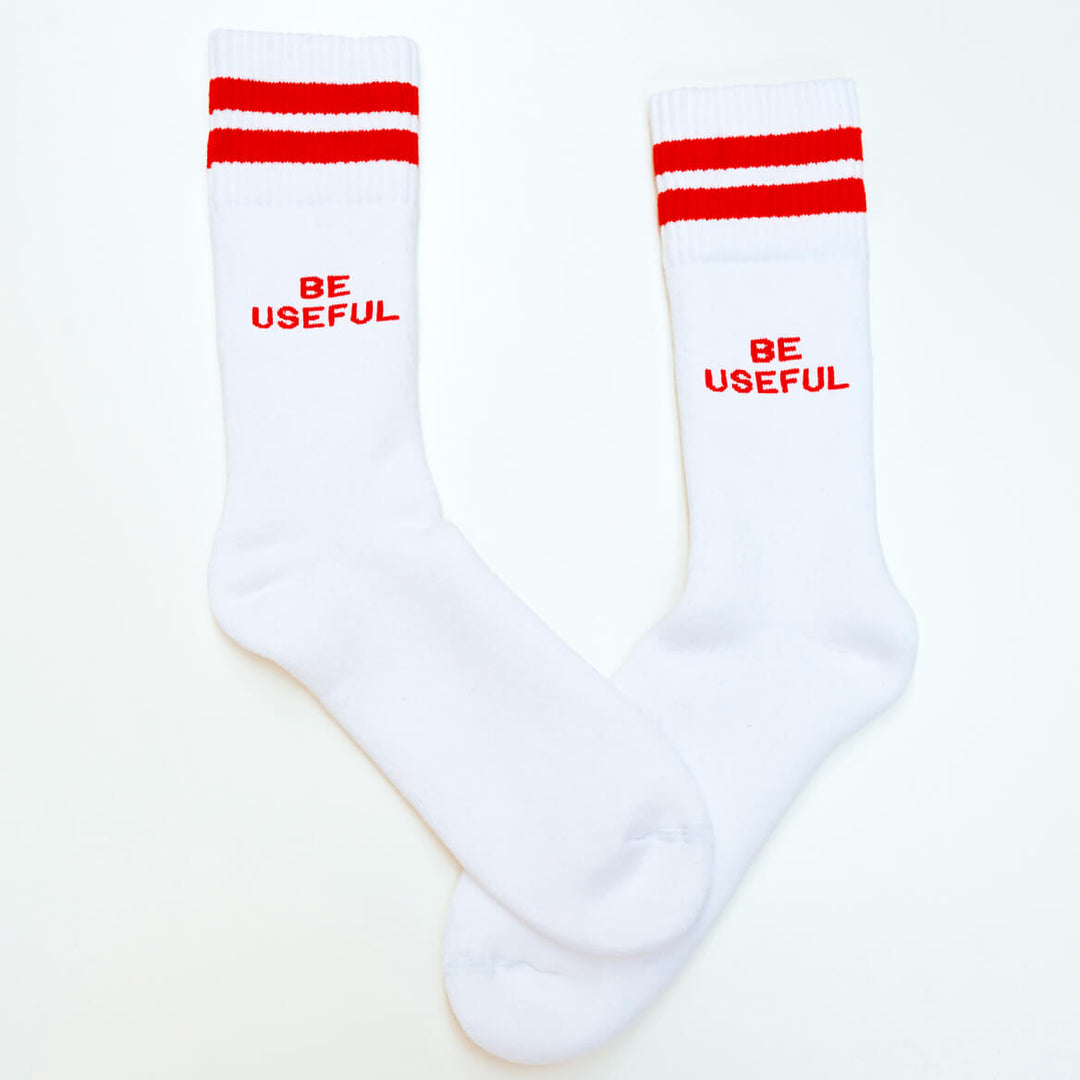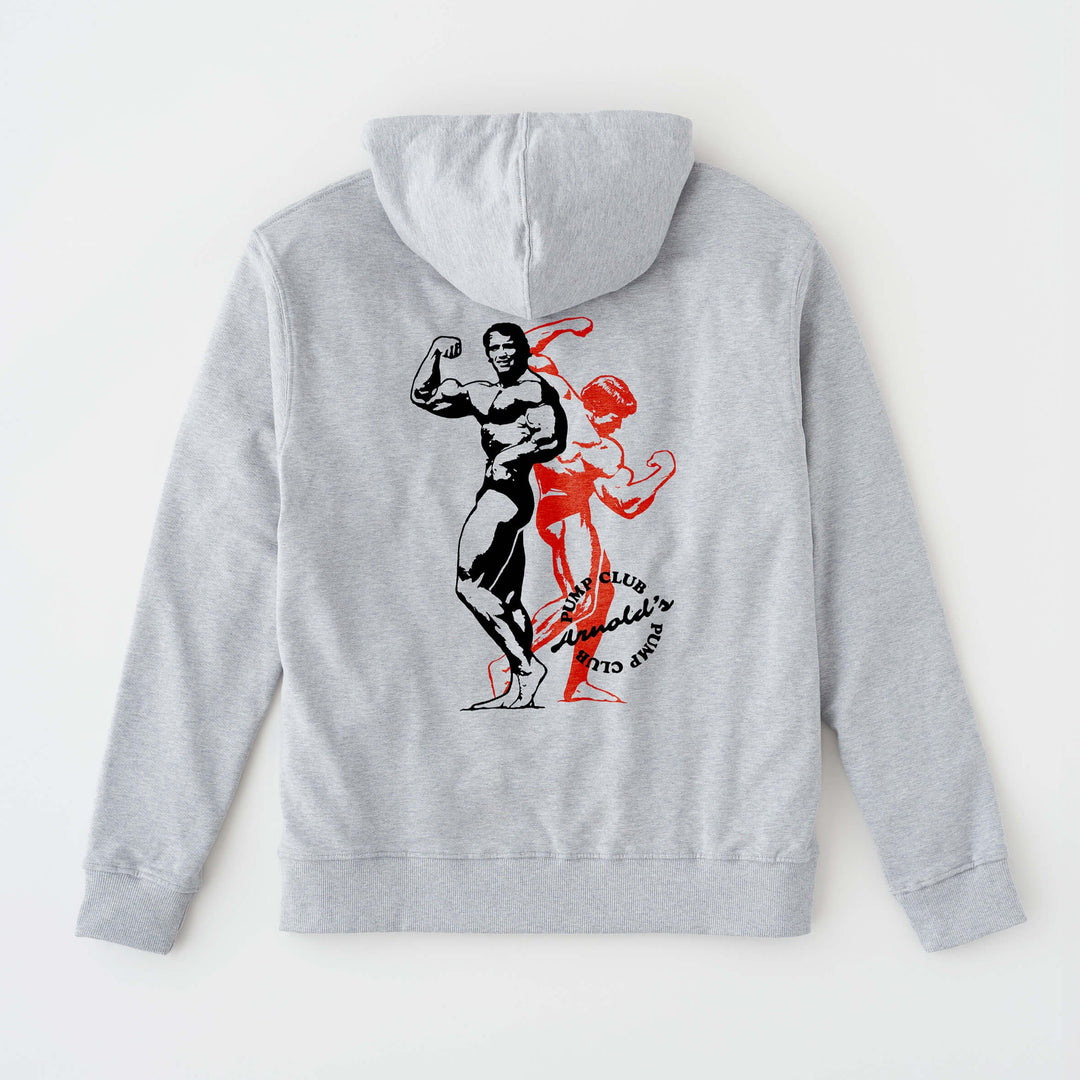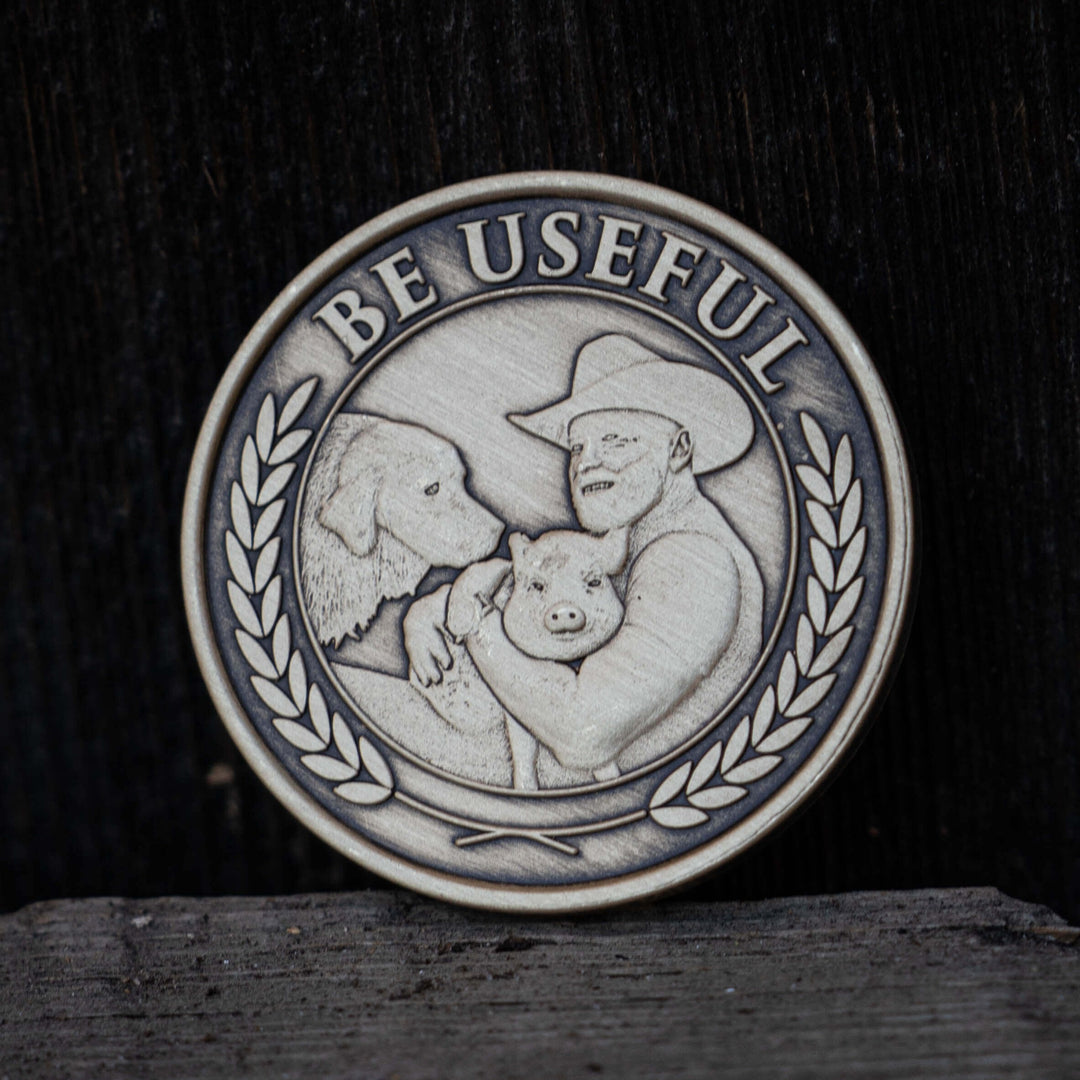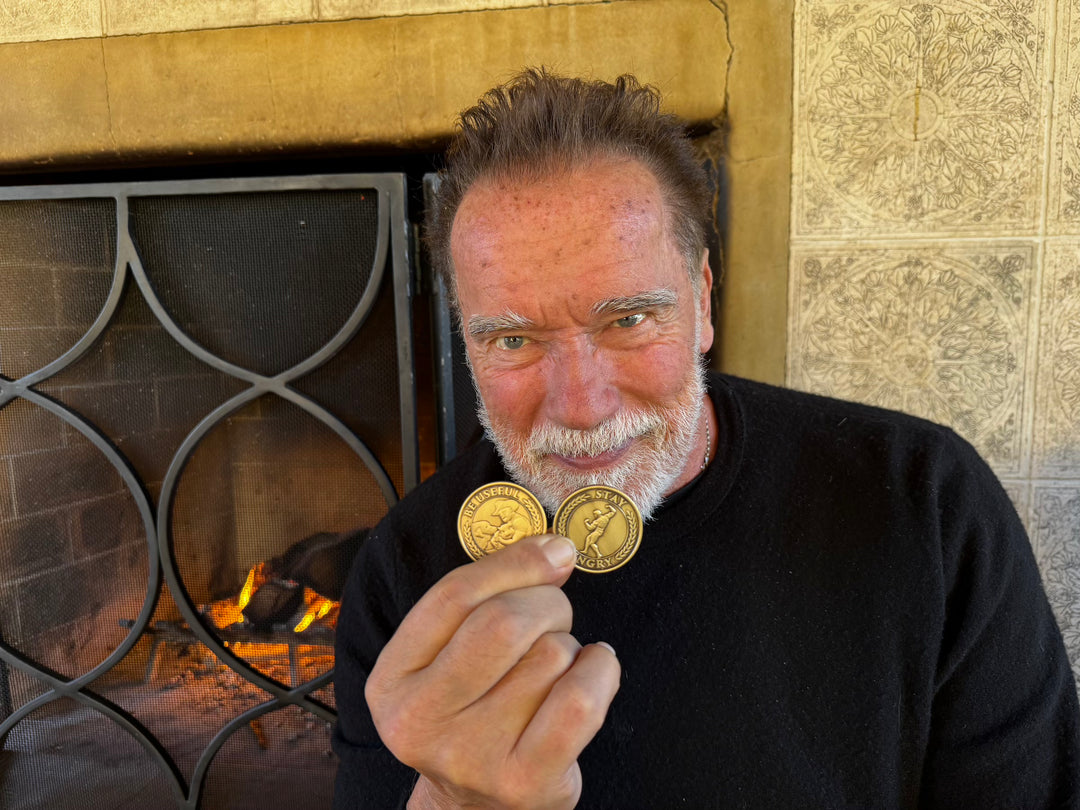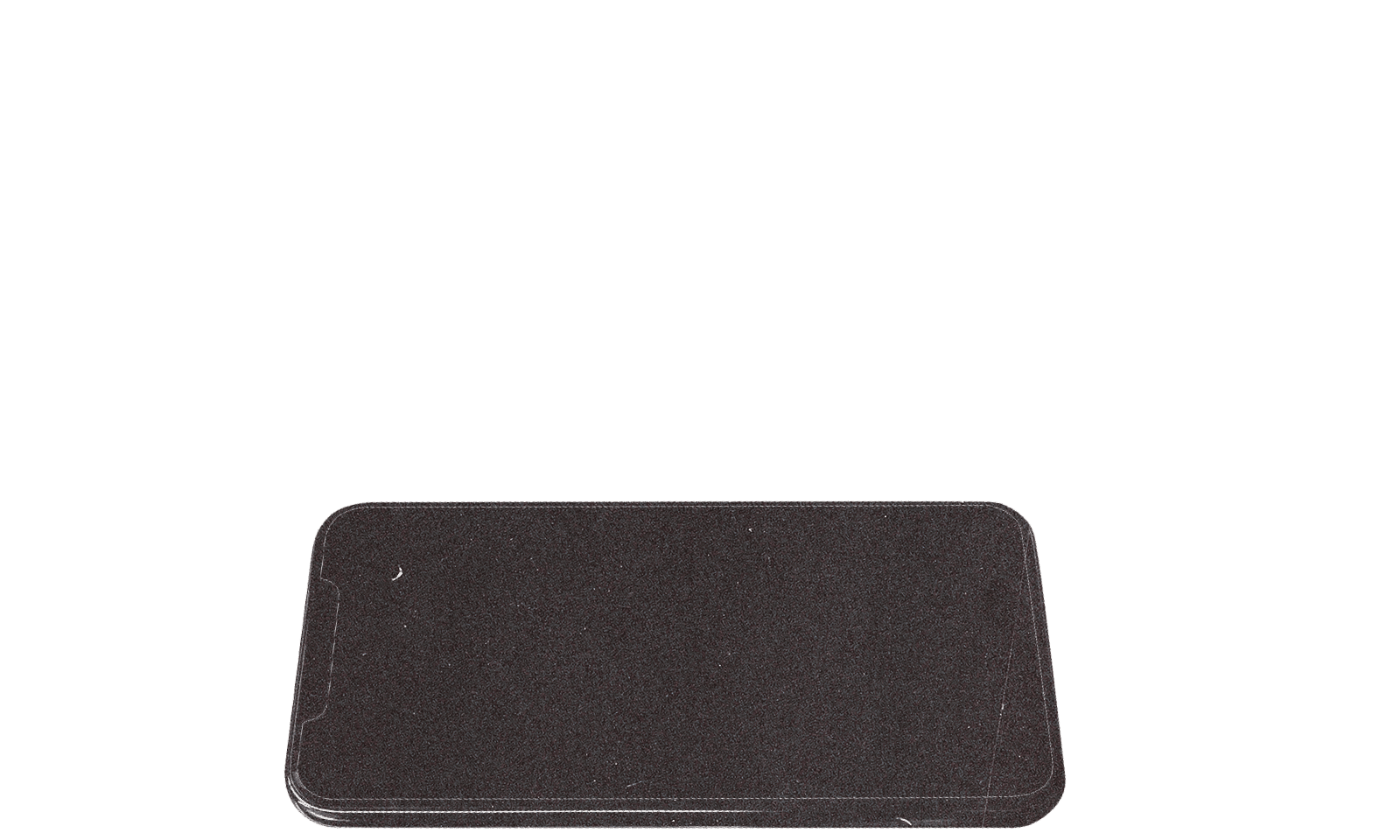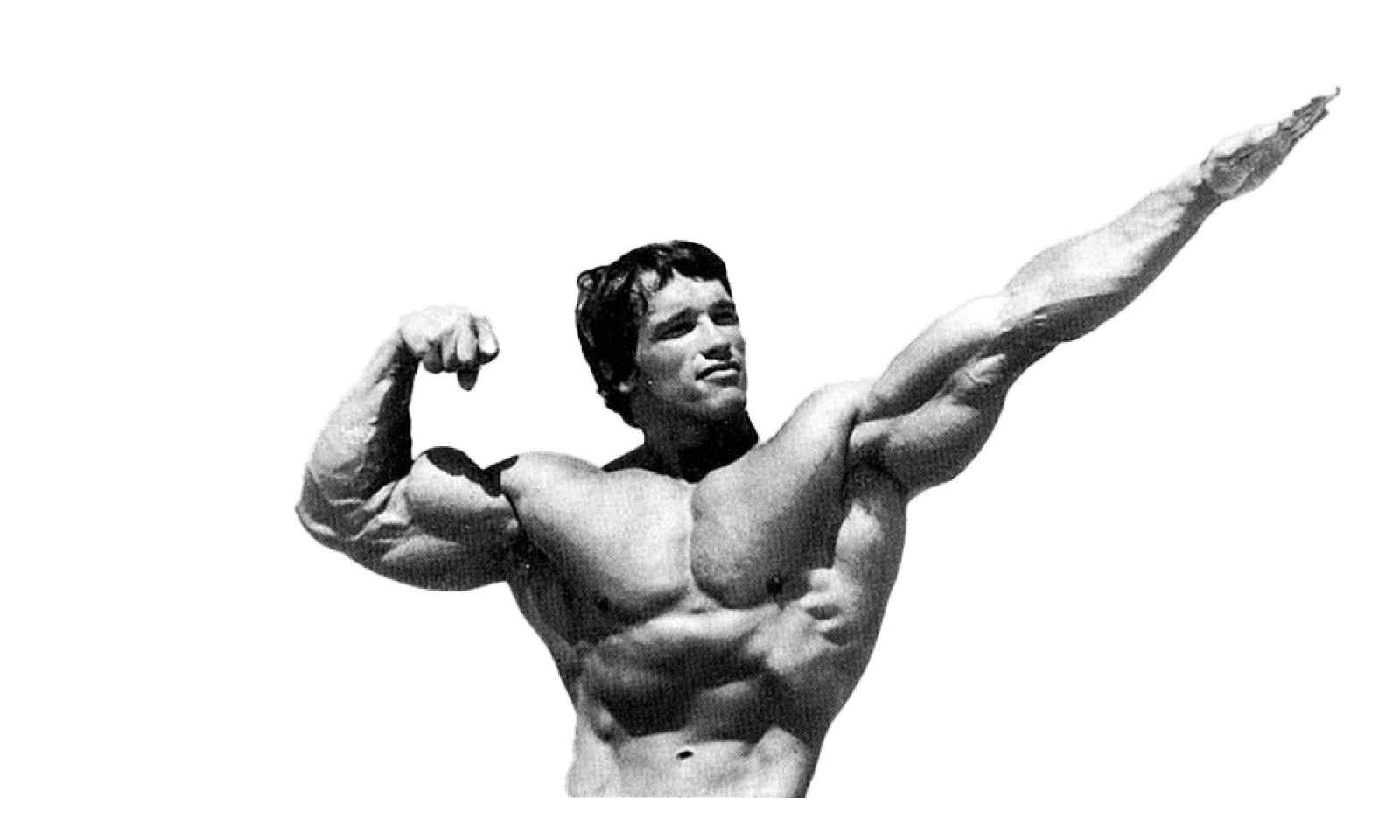Welcome to the positive corner of the internet. Every weekday, we make sense of the confusing world of wellness by analyzing the headlines, simplifying the latest research, and offering quick tips designed to make you healthier in less than 5 minutes. If you were forwarded this message, you can get the free daily email here.
Today’s Health Upgrade
FUBAR Season 2
Is this the most important exercise?
Fact or fiction: the 10,000-step rule
-
What we’re reading
Arnold’s Podcast
Want more stories from Arnold? Every day, Arnold’s Pump Club Podcast opens with a story, perspective, and wisdom from Arnold that you won’t find in the newsletter. And, you’ll hear a recap of the day’s items. You can subscribe on Apple, Spotify, Google, or wherever you listen to podcasts.
Arnold’s Corner
FUBAR Season 2
FUBAR Season 2 is here, and I expect all of you to watch it this weekend! Finish the whole show! The quiz is next week.
Adam’s Take
Is This The Most Important Exercise?
The barbell sat in the grass like it had been waiting.
Maybe it had. After all, this was no ordinary yard. This was the garden behind Arnold’s childhood home in Thal, Austria — the place where he first learned to deadlift. Not in a gym, but outside, surrounded by trees and dirt, without mirrors, music, or any sense of spectacle.
Now, decades later, 150 members of The Pump App — from around the world — stood on that same patch of ground. Some were barefoot. Some had never touched a barbell before. Some had trained for years. All of them were here for the same reason: to meet and connect with their fellow members of “The Village.” It was a pilgrimage of rucking, lifting, eating, and being a part of “the positive corner of the internet.”
That day, Arnold surprised the guests and spent hours with them. However, when they signed up for the trip (a free perk for all app members), no one knew they would get to see Arnold. In fact, we said he would not be there.
But the real surprise guest on that day wasn’t Arnold. In that yard, they were about to meet a new version of themselves.
We set up deadlift stations in the backyard. It was part meetup, part workshop, part unspoken dare. The goal was max effort. We wanted PR’s. But more importantly, we want participation. A celebration of strength, community, and curiosity.
Because that cocktail brings out the best altered state of self-perception.
It started with one person pulling more than they ever had before. Then another. And the strength spread. Before long, it became a wave.
Nearly 100 people hit new personal records. Some lifted 200 pounds more than they’d ever touched. If you weren’t there, you might call BS, but we have receipts and videos (you can see it in the video above).
It was electric. But that’s not the story I want to tell.
The real story is what happened just before those lifts.
One by one, people walked up to the bar and told us they couldn’t do it.
We heard the doubt that takes up permanent real estate in their heads. We heard the lies: That they weren’t strong enough, were too nervous, too untrained, too old, too injured, too out of place. The list of reasons didn’t come from their bodies — it came from their beliefs.
And that’s where strength training shows its hand.
Because the weight doesn’t care what you believe. It will tell you exactly what you’re capable of — and exactly what you’re not.
Which is why failure matters just as much as success.
Some people pulled and couldn’t finish the lift. Others lifted the bar an inch before gravity fought back. But what stood out most was what happened after they failed.
They smiled. They nodded. They asked if they could try again.
That’s the part I want you to hear.
In the gym — just like in life — most people stop before they ever give everything they’ve got. Not because their body gives out, but because their mind gives in. The voice in their head convinces them it’s not worth the risk. That if they try and fail, they’ll be exposed as weak, or unworthy, or incapable.
But that day in Austria, failure wasn’t shameful. It was an epiphany.
People were proud that they went all-in. Proud they didn’t hold back. Proud that—for once—they didn’t let the inner voice win. They pushed themselves to the edge of what they could do. And they saw that the edge wasn’t where they thought it was.
That’s why I keep coming back to the deadlift.
People always ask me, “What’s the best exercise?” Or, “If you could only do one exercise, what would it be?”
I used to hate that question. It’s too reductive. The body needs variety. Balance. Specificity. Choosing one exercise makes as much sense as choosing one ingredient for every meal.
But after Austria, I have a new answer. It’s the deadlift.
Not because it builds the most muscle or burns the most calories.
But because the act of walking up to something that looks too heavy — and trying to lift it anyway — teaches you something most people never learn:
You are more capable than you think.
That’s the true value of strength training. Not six-packs. Not likes.
It’s transformation through effort. It’s seeing where you were, and knowing exactly what it took to become something more.
And once you’ve done it with a weight, it becomes easier to do it everywhere else.
In work. In relationships. In the parts of life where the weight feels invisible, but just as heavy.
So if you ask me again, what’s the one exercise I’d choose?
It’s the one that helps people believe again.
The one that turns self-doubt into self-trust.
The one that teaches you that failure isn’t something to fear — it’s something to seek.
Pick up the weight. Put it down.
Then watch what else you’re ready to lift and conquer. -AB
Editor’s Note: Many of you have asked about these meetups. They are part of the The Pump App membership. We’ve done them in New York, Los Angeles, the UK, Austria, Columbus, Austin…and we have many more scheduled. We are building the positive corner of the internet, and helping people connect online and in-person. For only $1.53 per week for custom workouts, nutrition, coaching, habit-building, and community, you won’t find a better deal on the planet.
Fact or Fiction
Is 10,000 Steps The Magic Number for Longevity?
Your watch buzzes. You’re at 9,847 steps. You march in circles around your kitchen just to hit 10,000. But where did that number even come from — and is it actually the key to a longer life?
No matter what some people might suggest, 10,000 steps isn’t magic, and the benefits begin long before you hit that number.
Here’s the truth: the 10,000-step goal wasn’t born from science — it started as a marketing campaign in Japan in the 1960s to sell pedometers. That doesn’t make it bad advice, but it’s not a science-backed threshold either.
Recent research has flipped the script. A large-scale meta-analysis analyzed data from over 47,000 adults across four continents. The findings? Longevity benefits start around 6,000 steps per day, and plateau between 8,000 and 10,000 steps — meaning more steps don’t necessarily mean more years.
In older adults (60+), 6,000 to 8,000 steps per day were linked to a 54 percent lower risk of premature death compared to sedentary individuals. For younger adults, pushing toward 10,000 may offer slight additional benefits — but the biggest health improvements come from simply moving more, even as little as 3,000 to 4,000 steps per day.
And step count isn’t everything. Step intensity — like walking briskly or including hills — also improves cardiovascular and metabolic health, even with fewer total steps.
If you’re sedentary, don’t stress about 10,000. Focus on adding 2,000 to 3,000 more steps than your baseline. That’s where the biggest jump in health benefits occurs. Walk after meals, take phone calls on foot, or break up your workday with movement snacks.
Because walking isn’t about chasing a number. It’s about building a body (and brain) that’s made to last.
Mindset
What We’re Reading: Lift
Women are taught to shrink—physically, emotionally, socially. To stay small, polite, and demure. But what if the key to expanding life was learning to lift?
Strength training isn’t just about muscle—it’s a revolution of self-worth, especially for women who’ve been told their value is in how little they weigh or how quiet they stay.
That’s the heart of new book Lift by Anne Marie Chaker, a powerful and personal manifesto that proves building muscle can help women rebuild their lives. Chaker, a longtime Wall Street Journal reporter, didn’t come to resistance training for aesthetics or accolades. She came to it broken. After postpartum depression, divorce, and the loss of her father, she found healing in an unlikely place: the gym.
What started as a simple strength routine became a vehicle for transformation. Her body got stronger—but so did her confidence, her identity, and her voice.
Through compelling storytelling and sharp journalism, Lift dismantles the cultural messaging that encourages women to be less: to weigh less, eat less, speak less, expect less.
Chaker flips that script, showing that muscle is more than just tissue—it’s power, protection, and possibility. And she doesn’t just speak from personal experience. She highlights research showing that muscle mass helps guard against age-related decline, boosts resilience, and reshapes mental health.
Even better, Lift is practical. It’s part memoir, part manual. You’ll walk away with more than motivation—you’ll get guidance on how to start strength training, no matter your age, background, or past relationship with fitness.
This book is for every woman who’s been told to stay small. It’s for every girl who deserves to see strength as beautiful. It’s a reminder that when you build your body, you’re also building your story—and you get to be the hero.
As Arnold said:
“I am so pumped that in LIFT, Anne Marie Chaker terminates outdated myths and shows that training isn’t just about physical strength for women—it builds mental strength and has benefits outside of the gym. This book is a game-changer that will open your eyes about female strength.”
—
Publisher: Arnold Schwarzenegger
Editors-in-chief: Adam Bornstein and Daniel Ketchell




